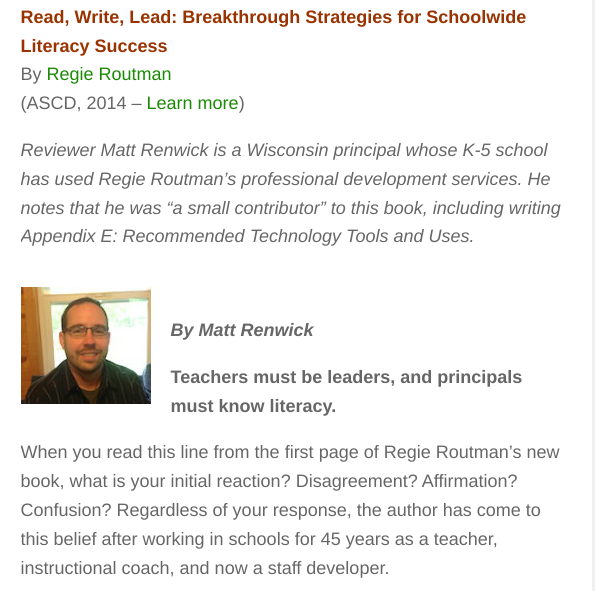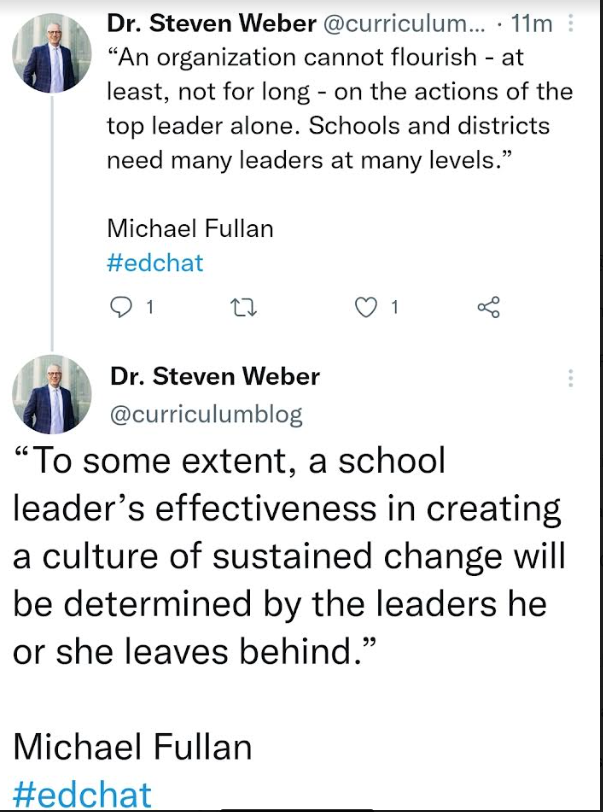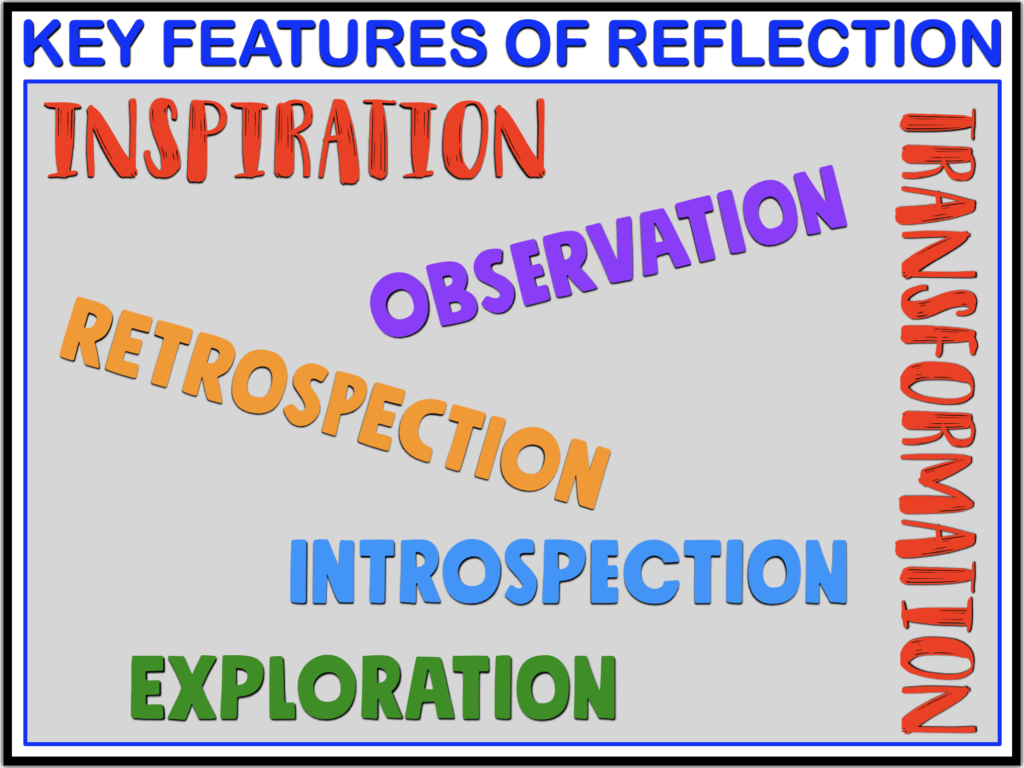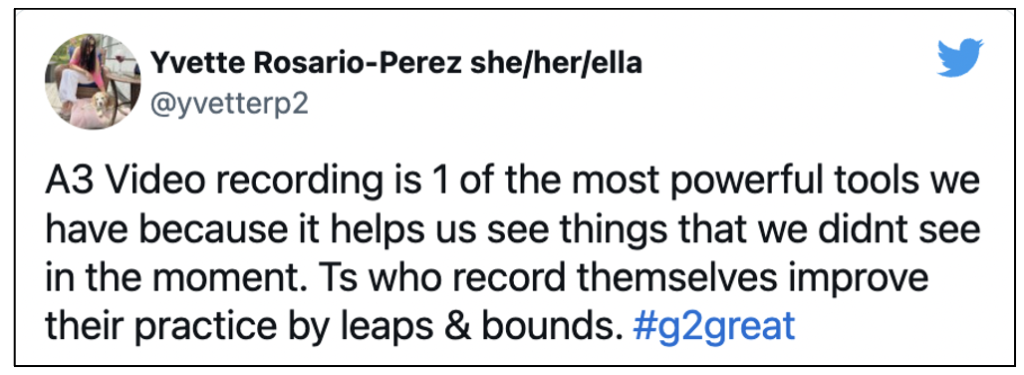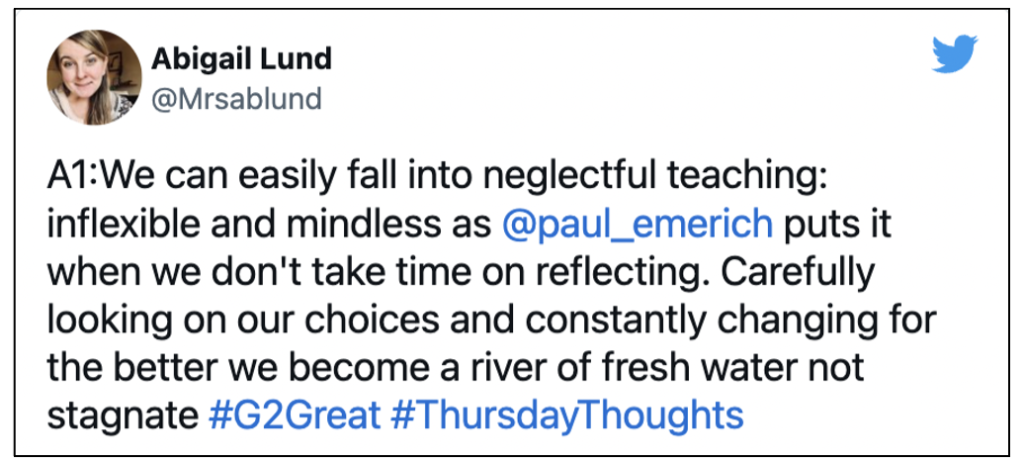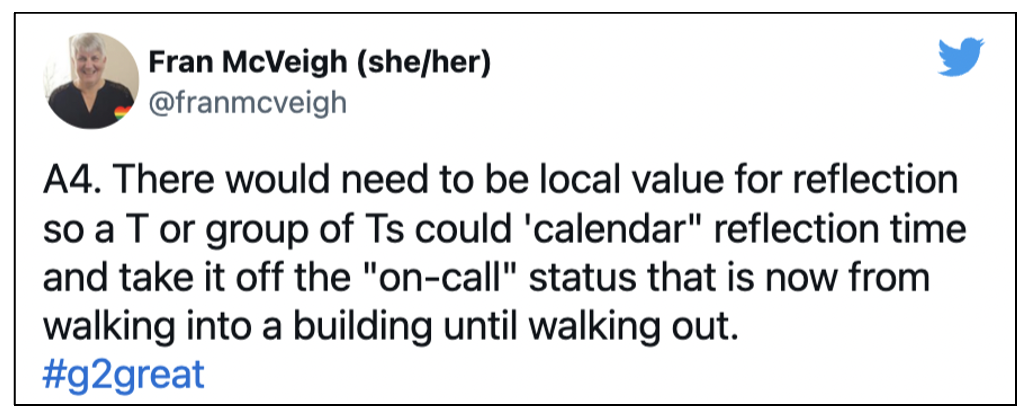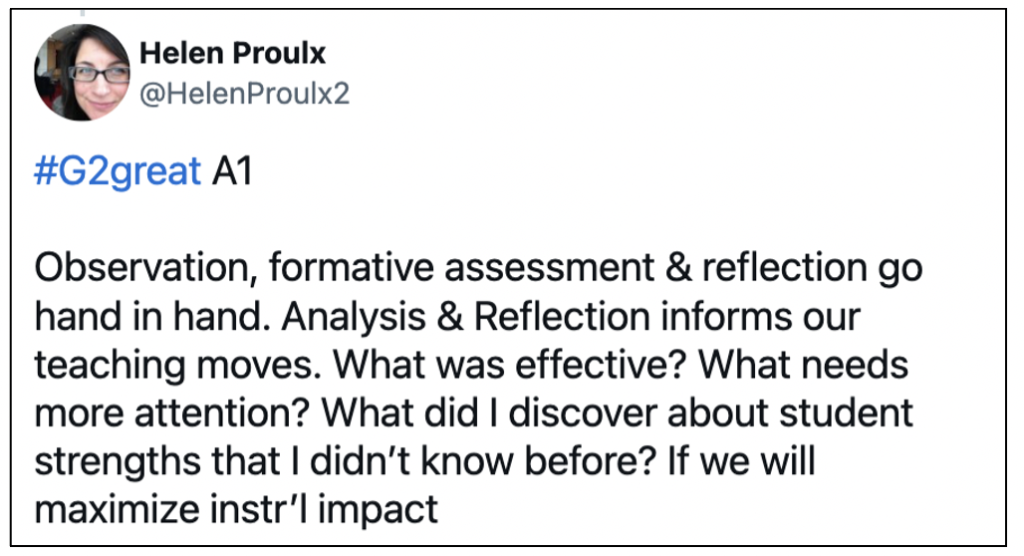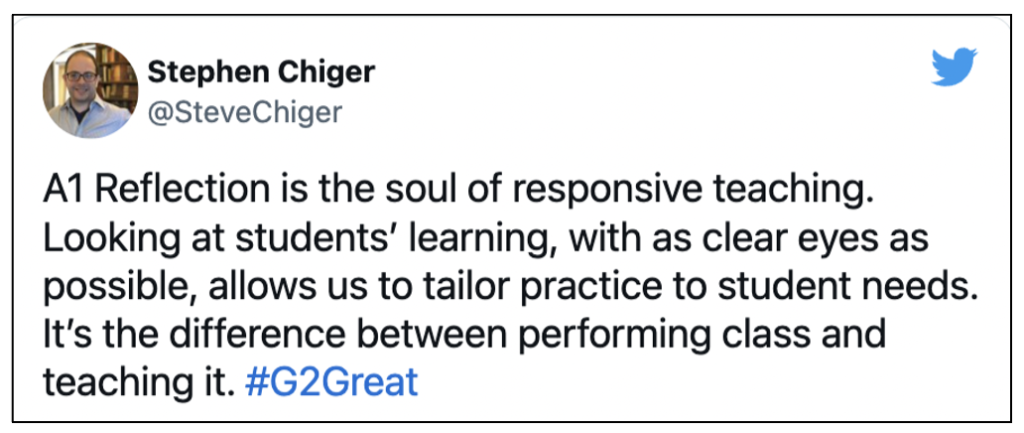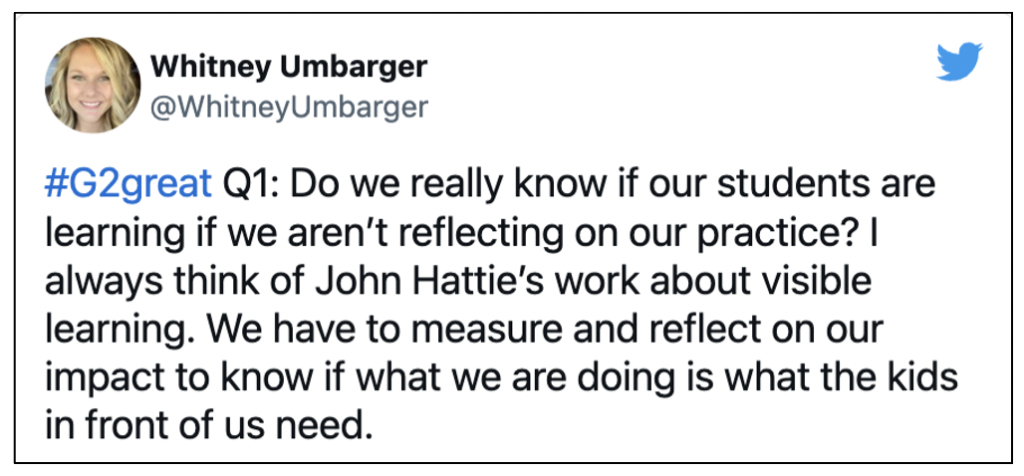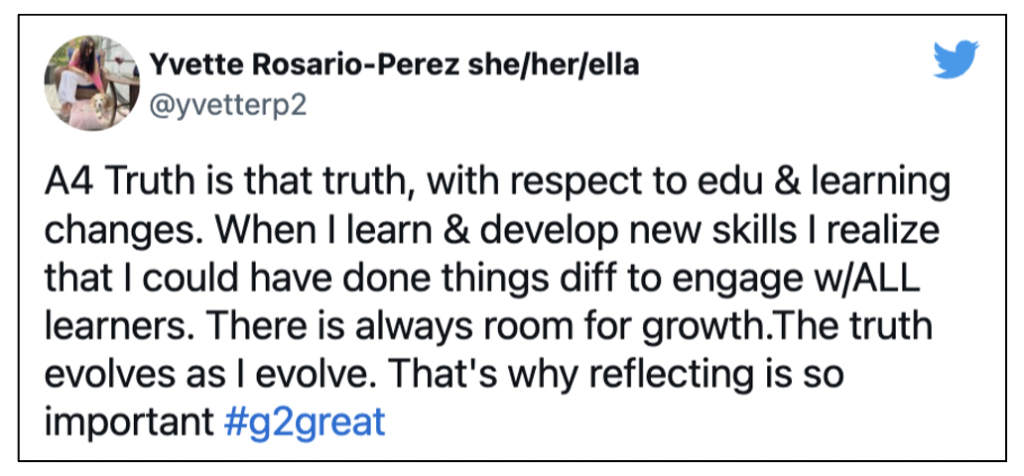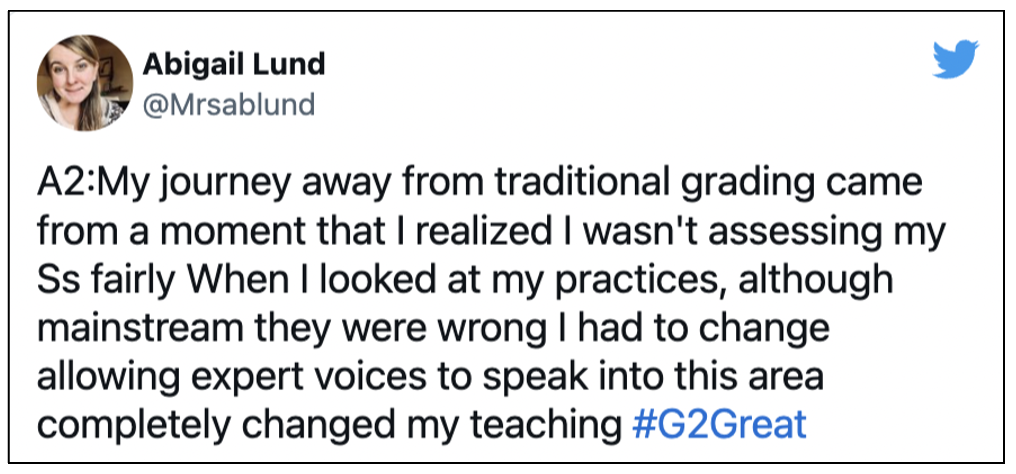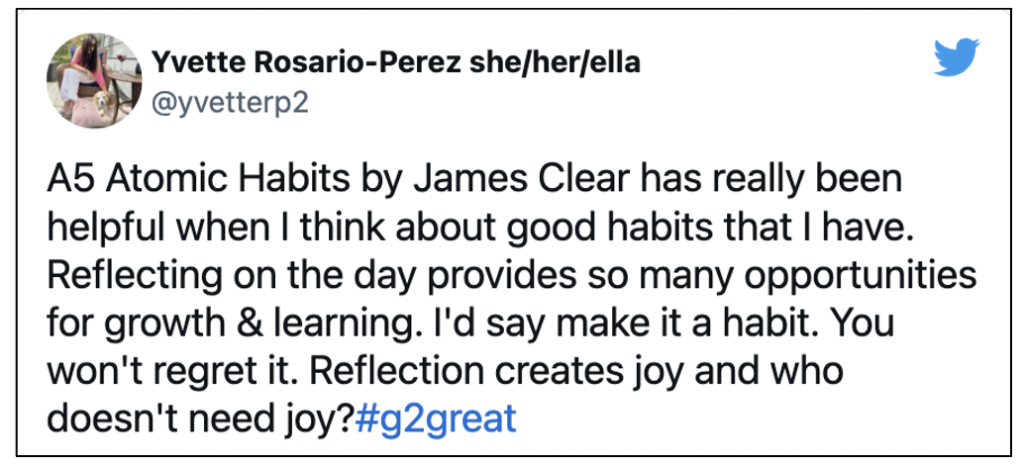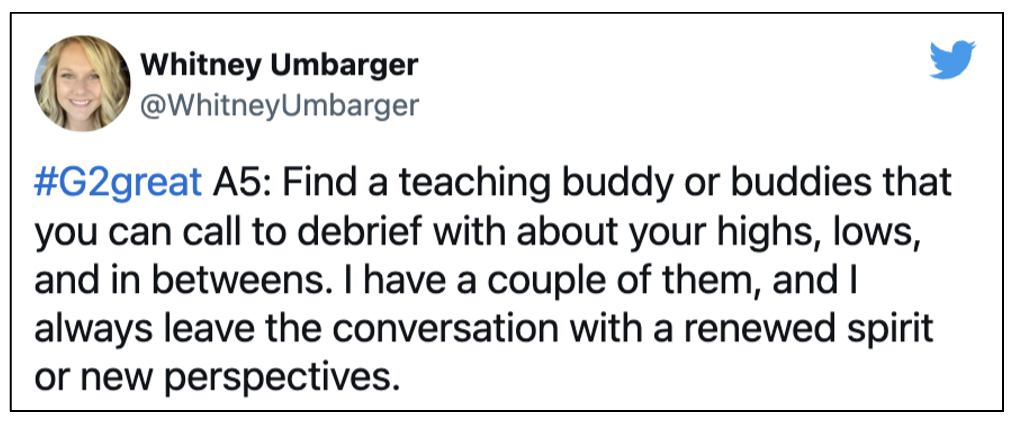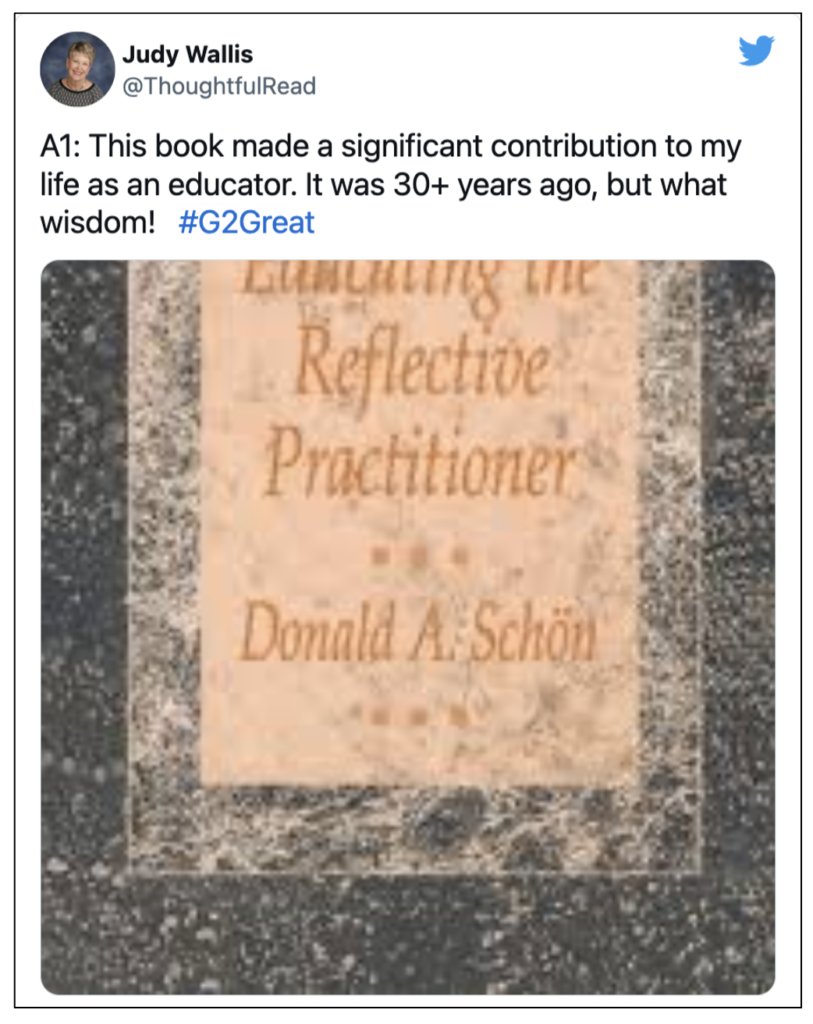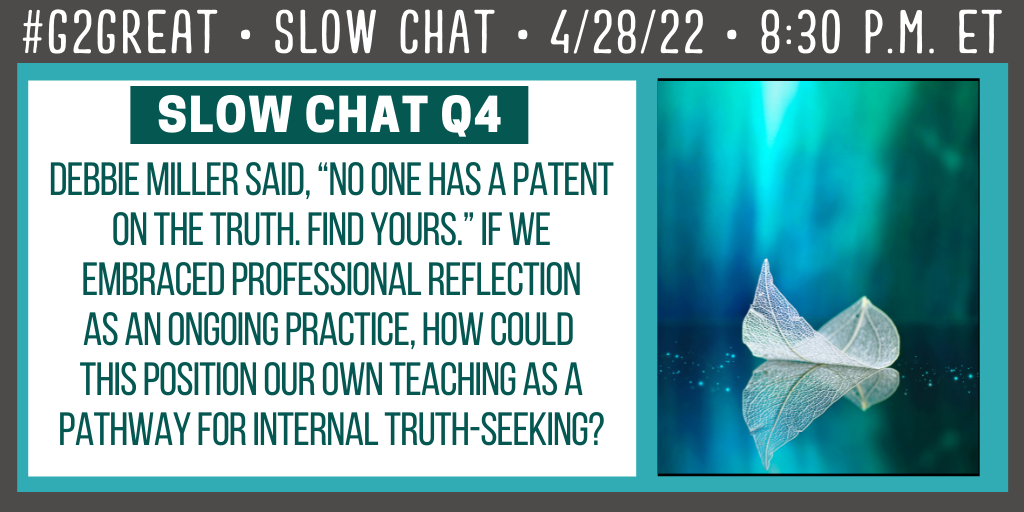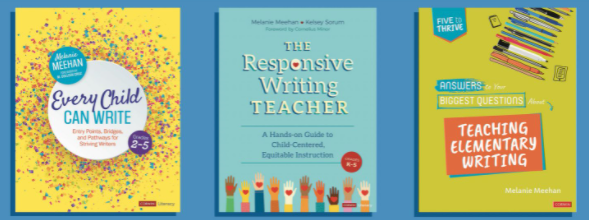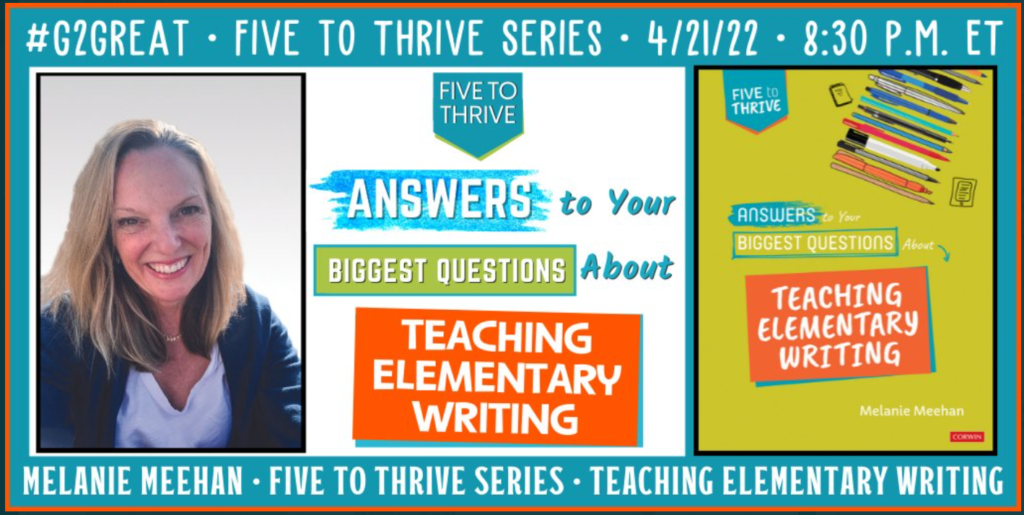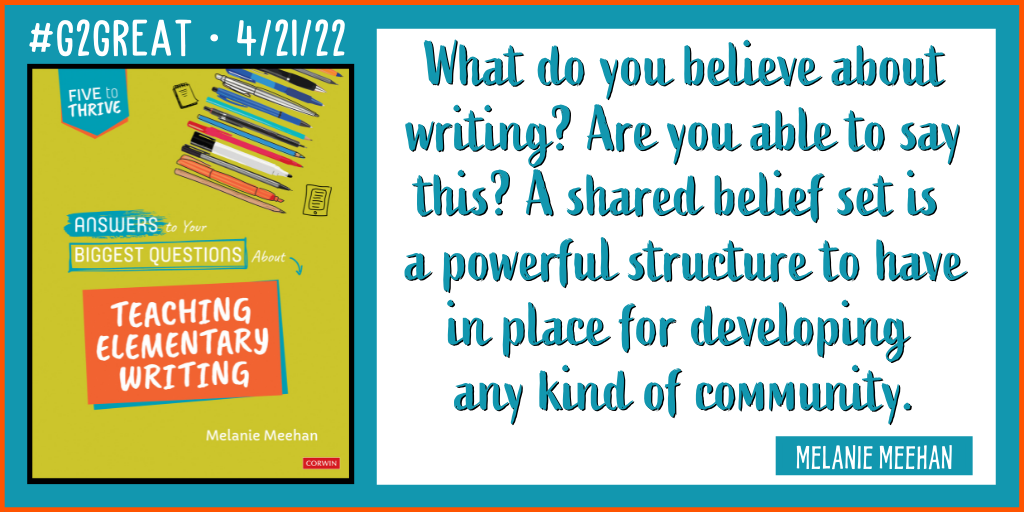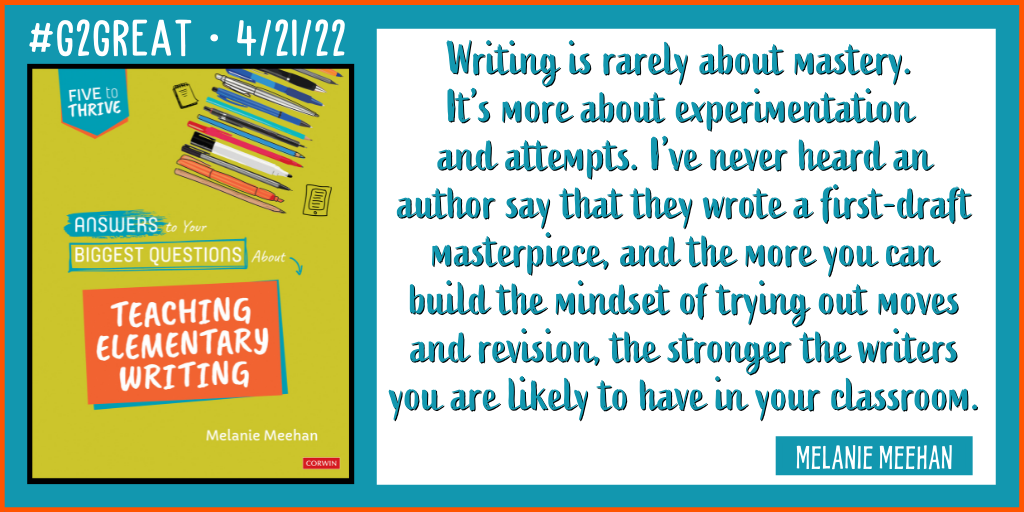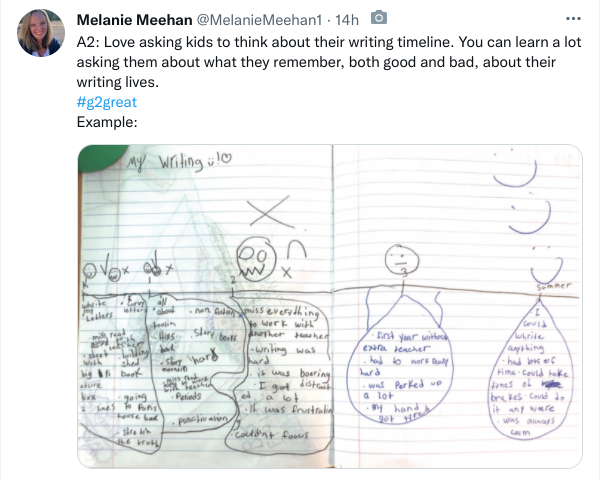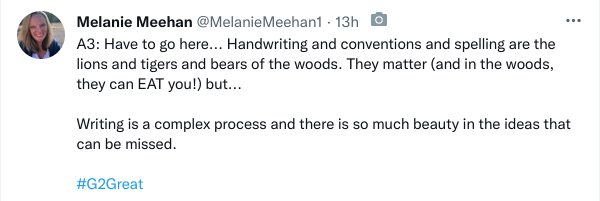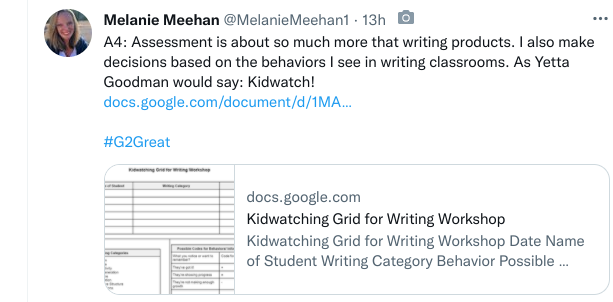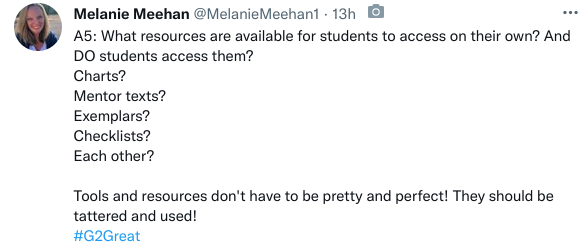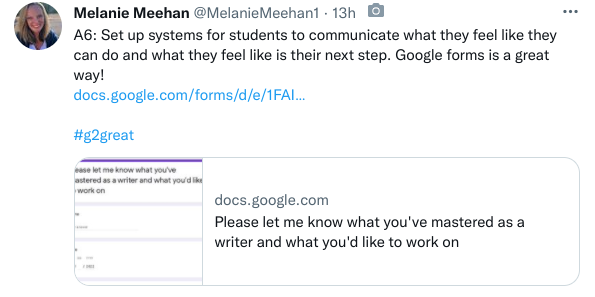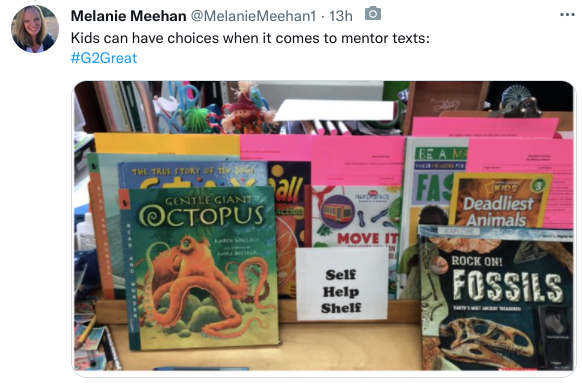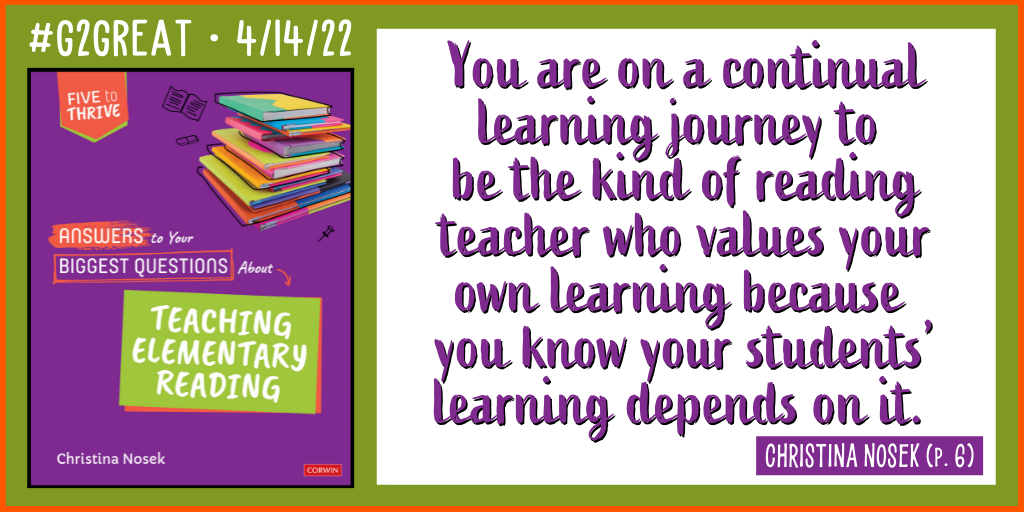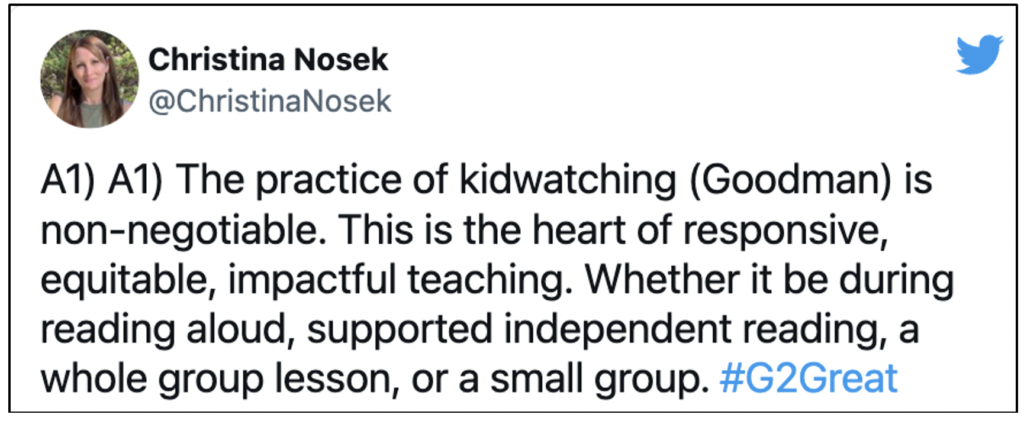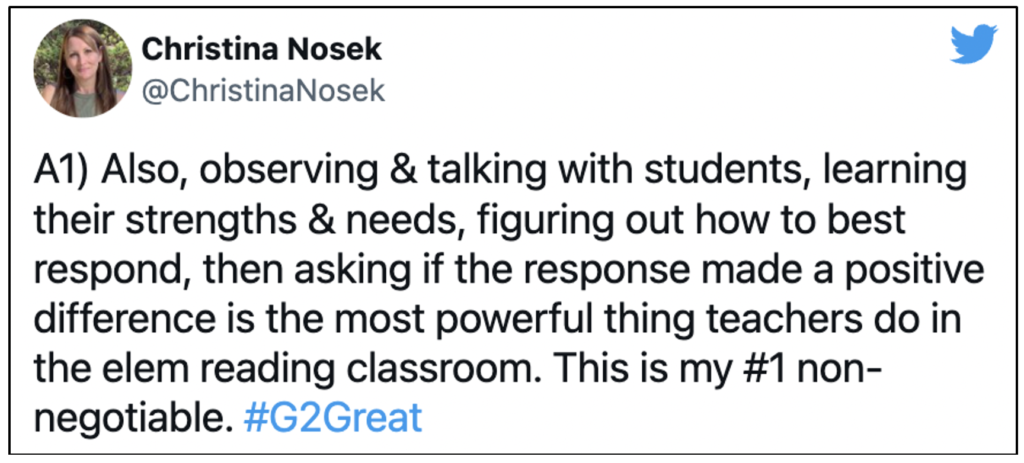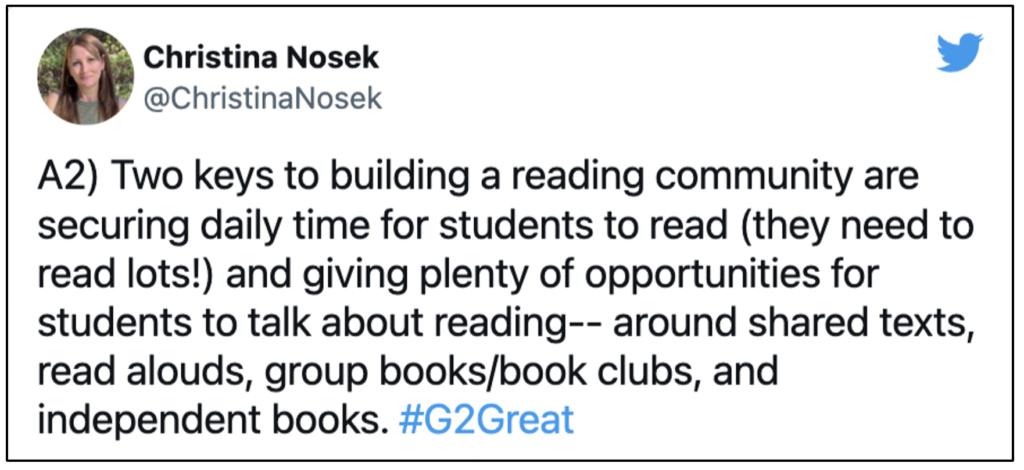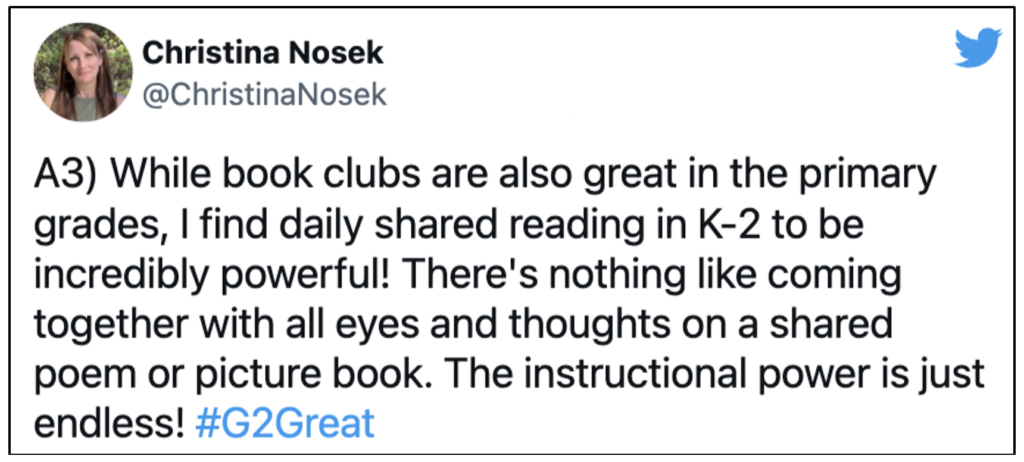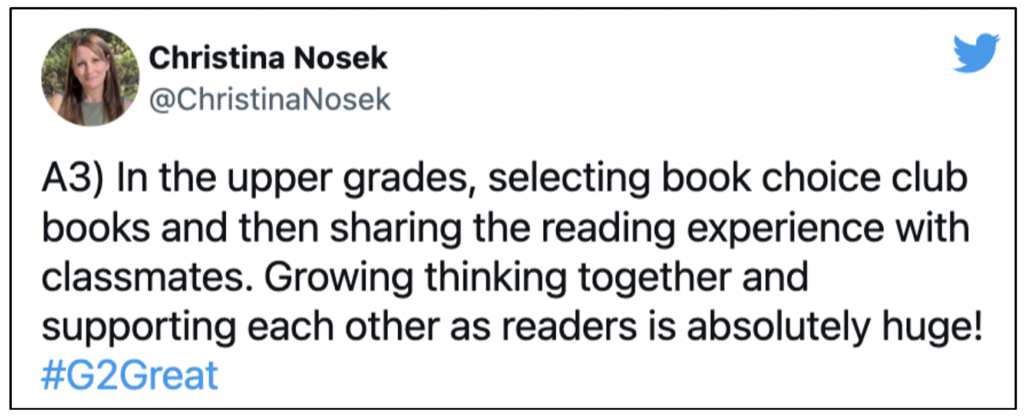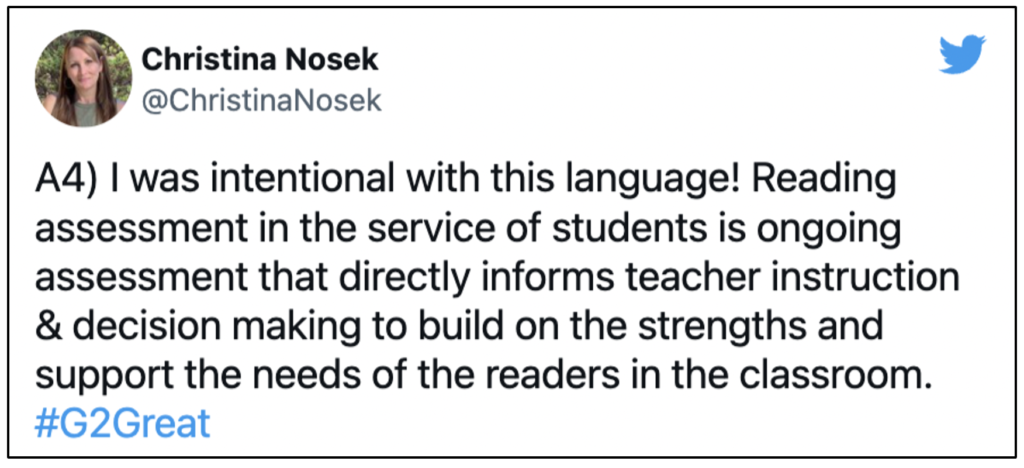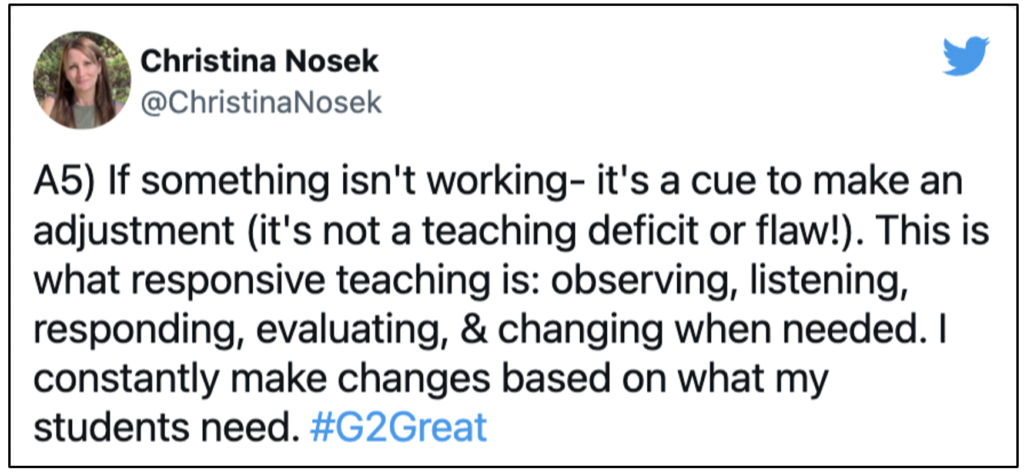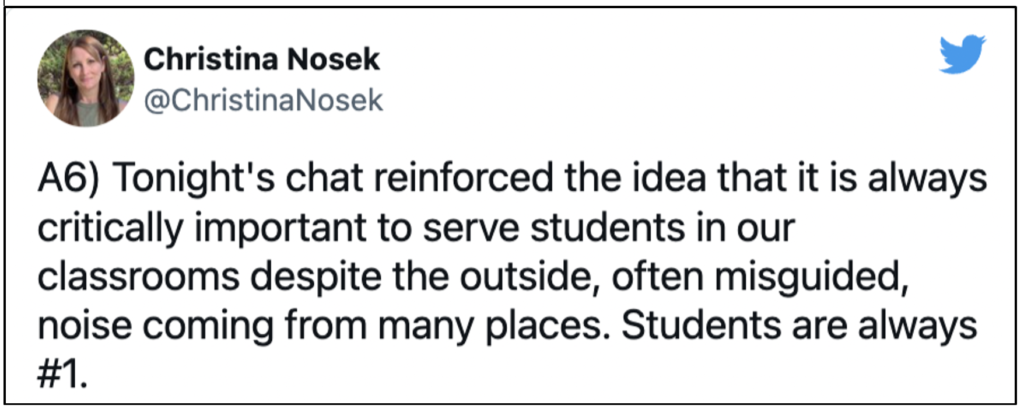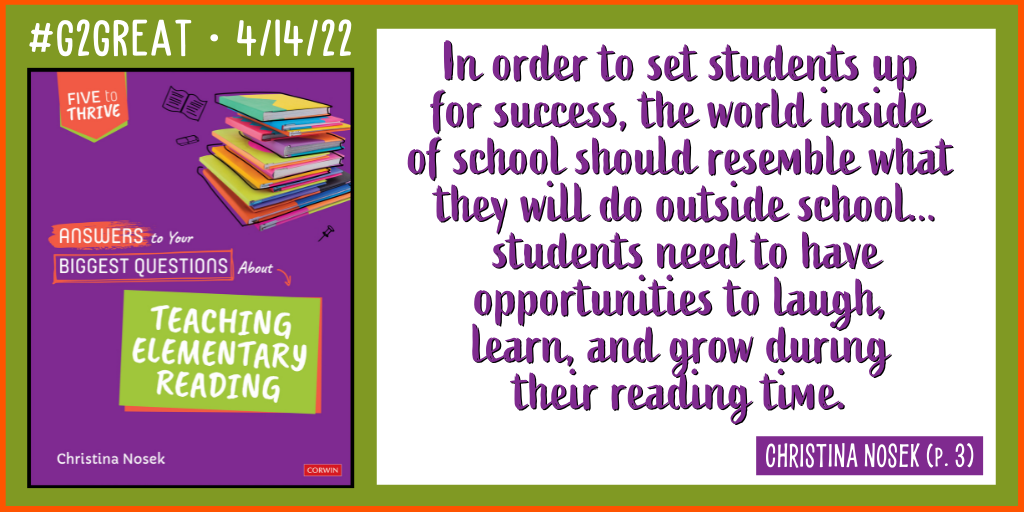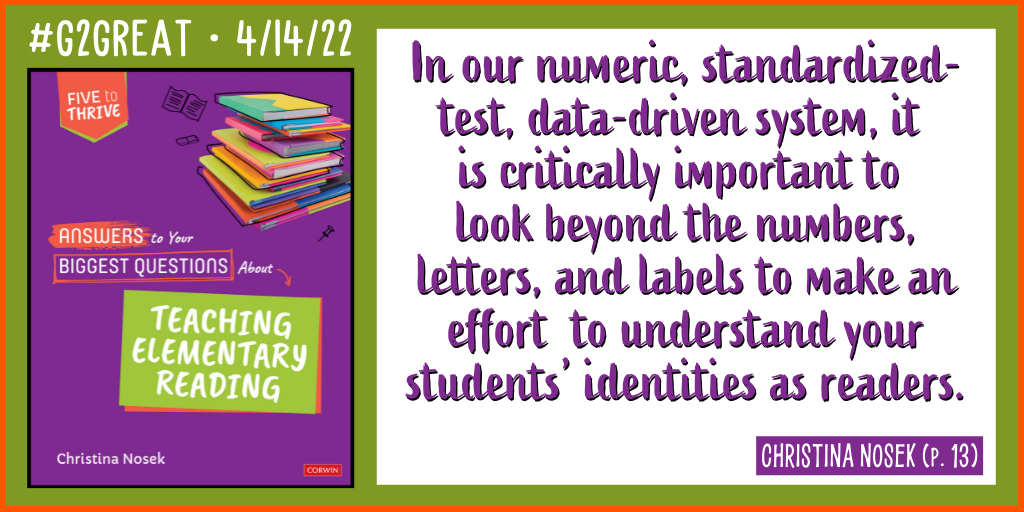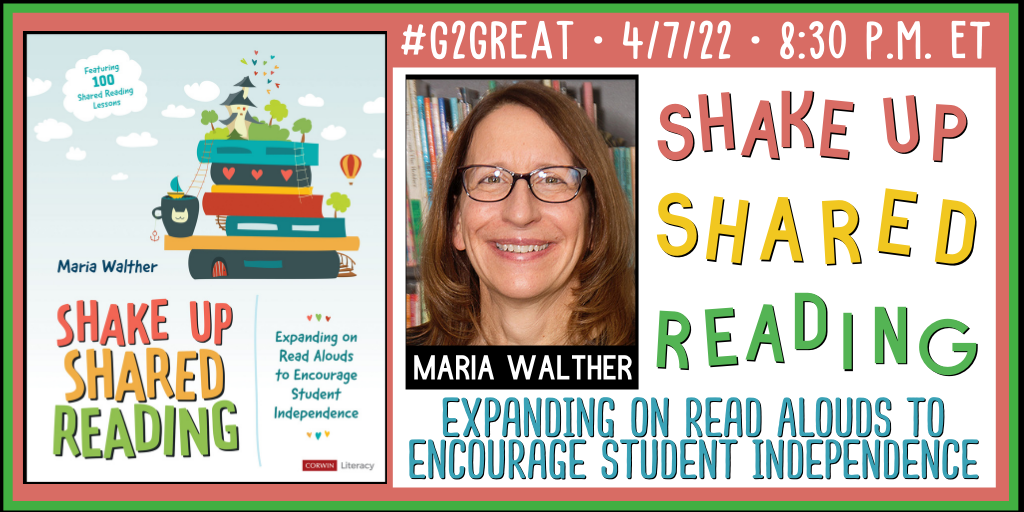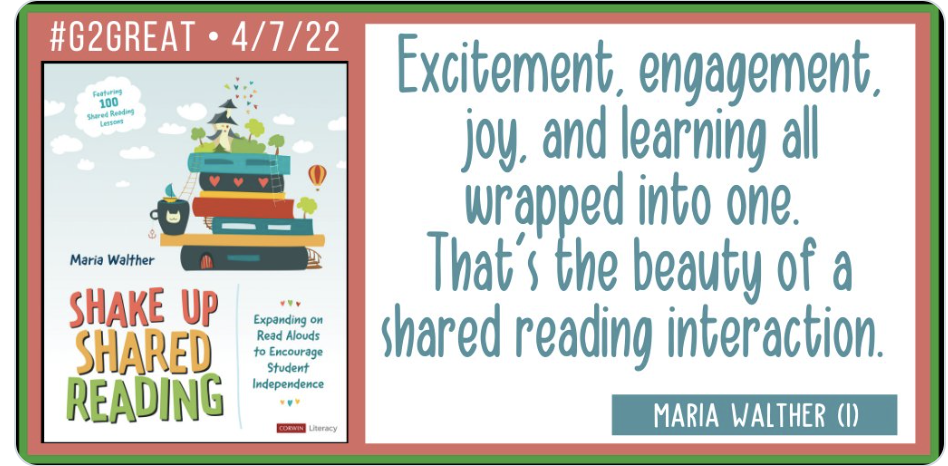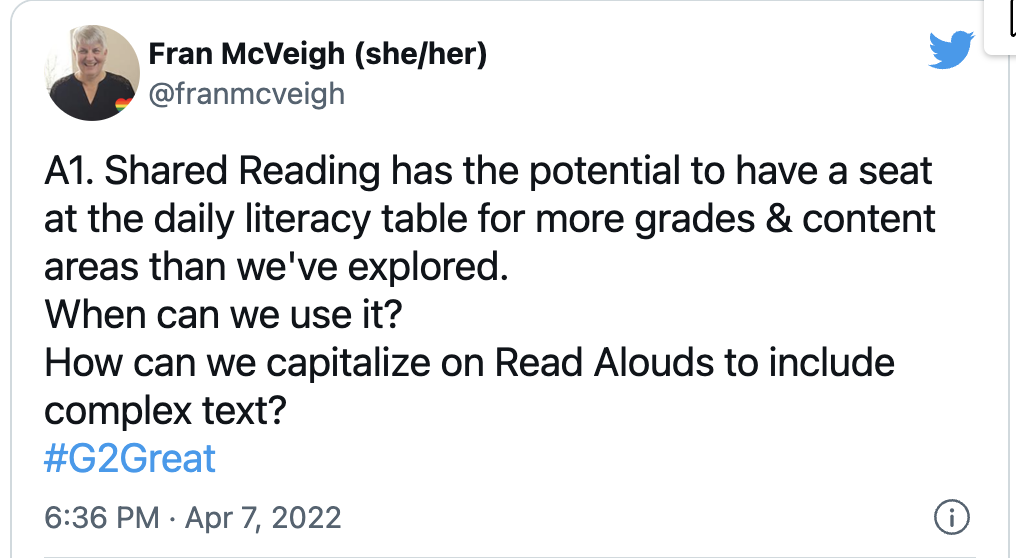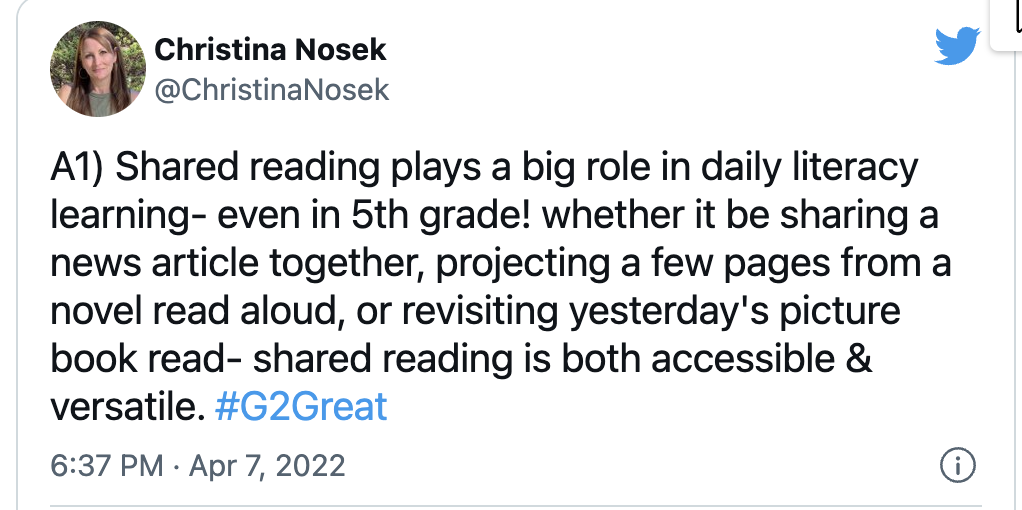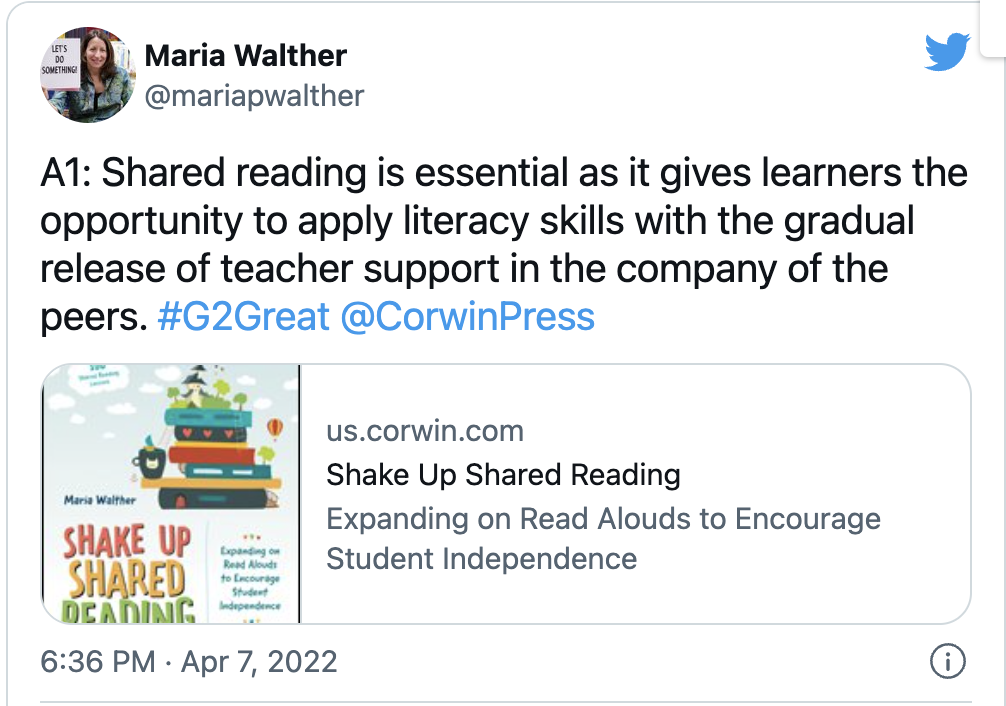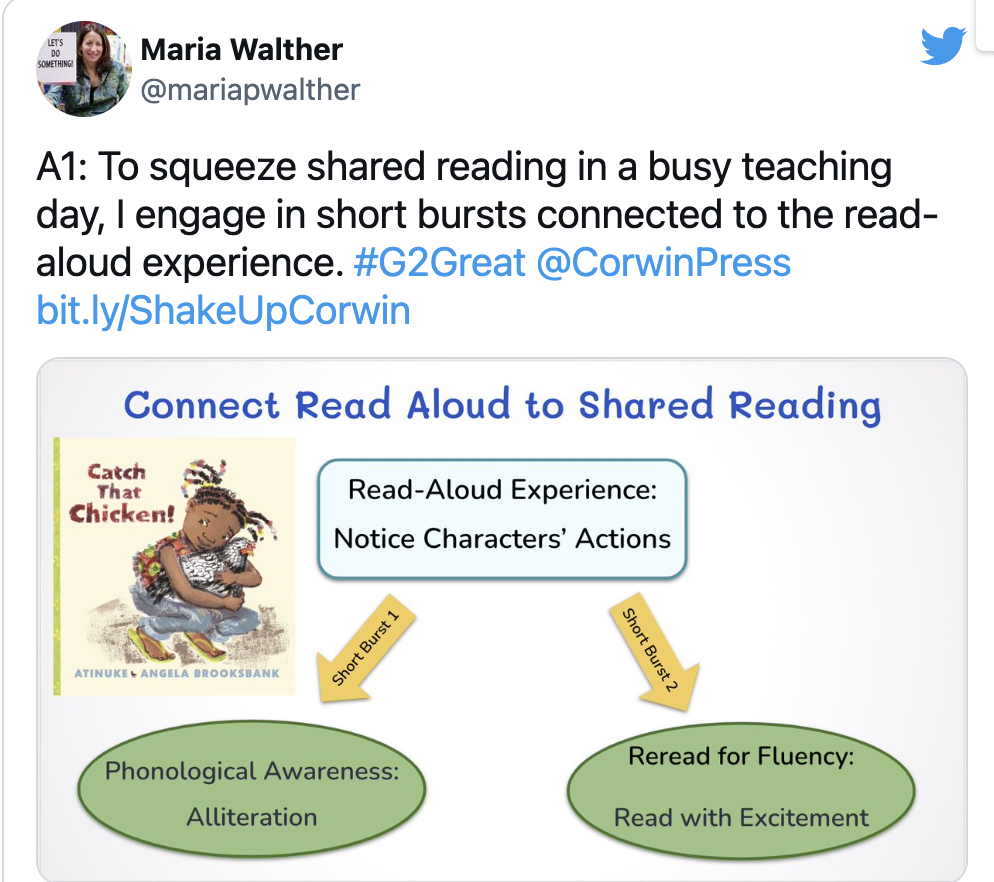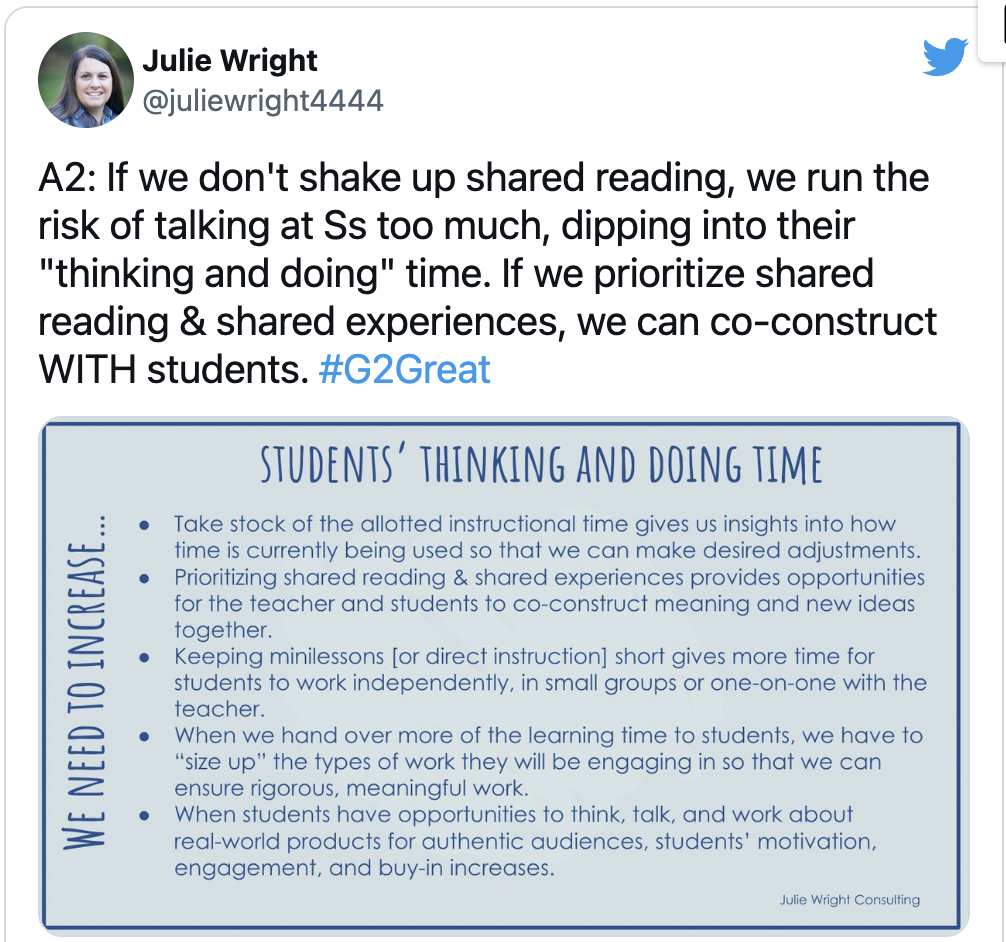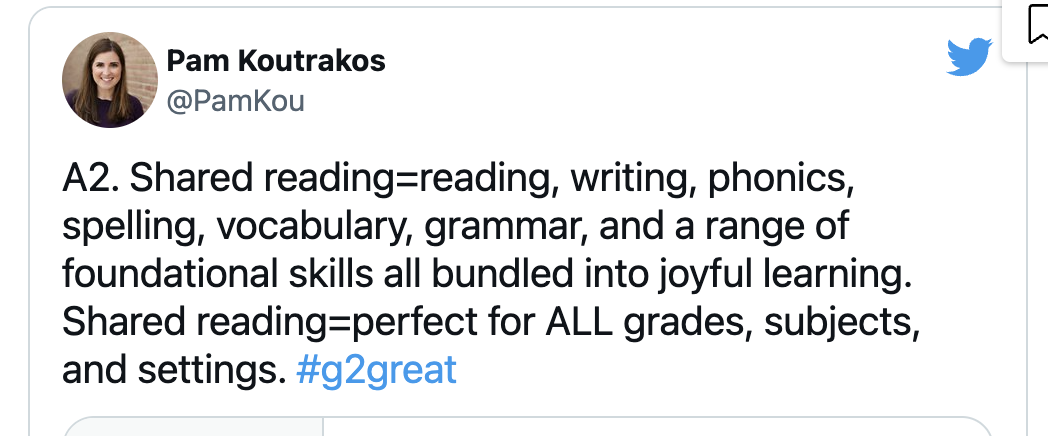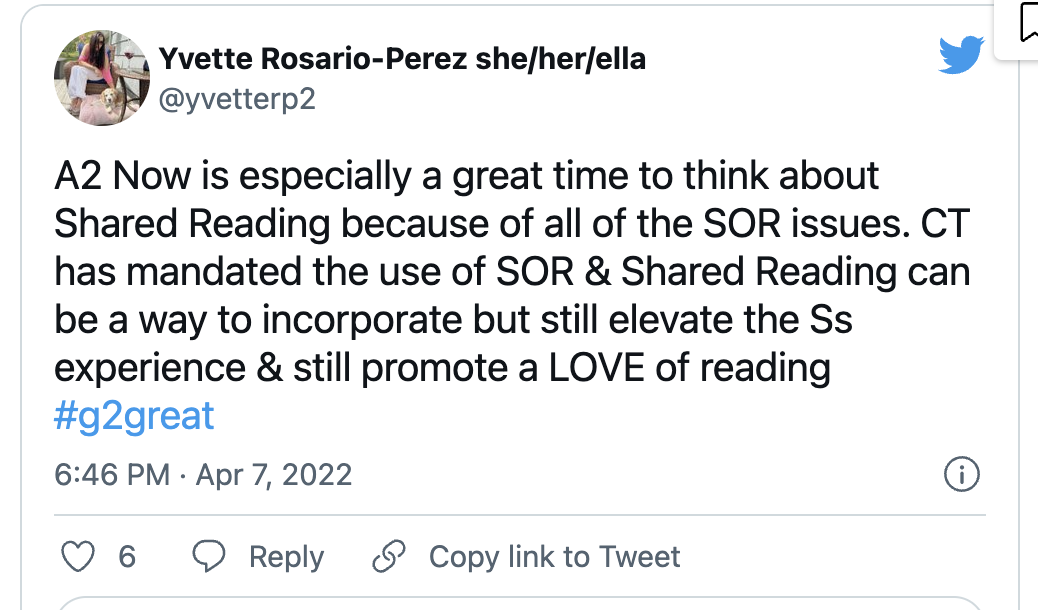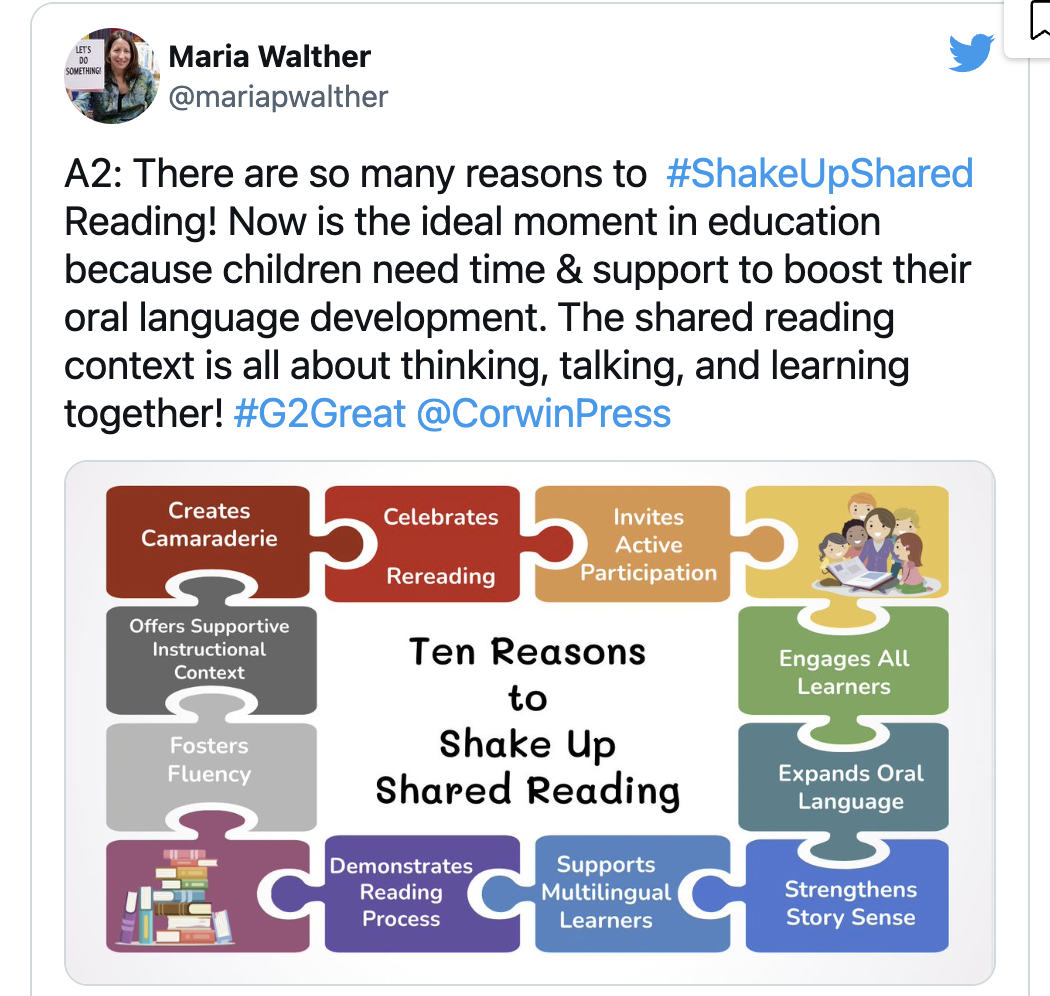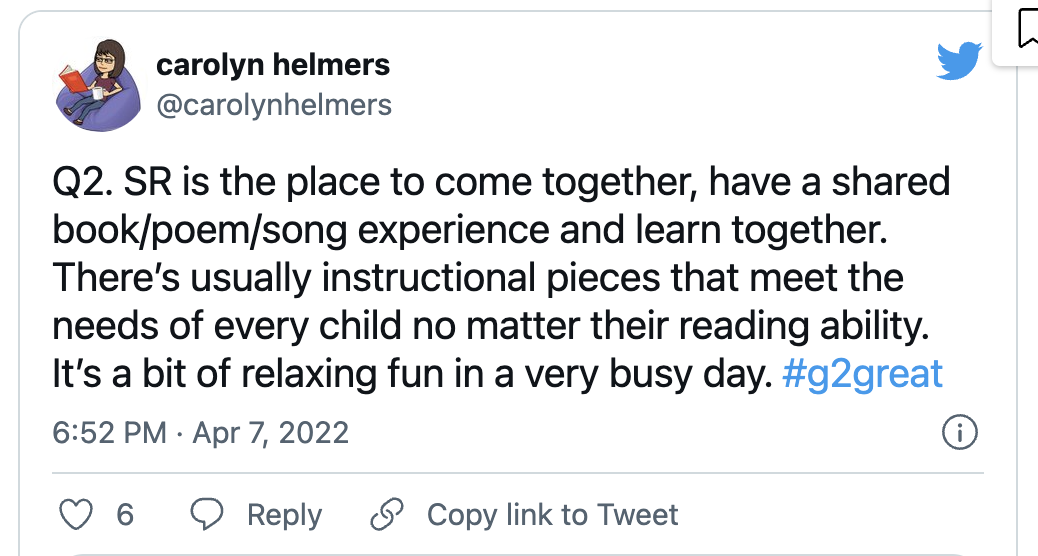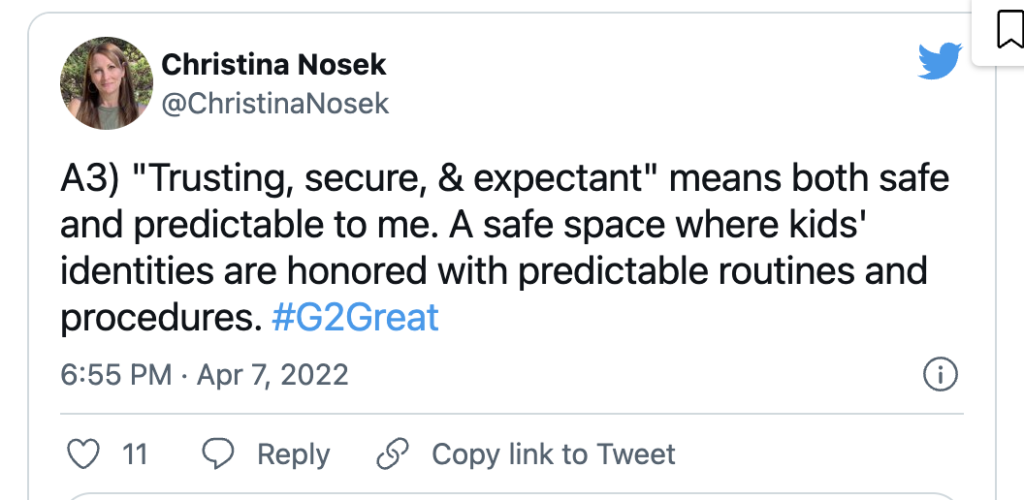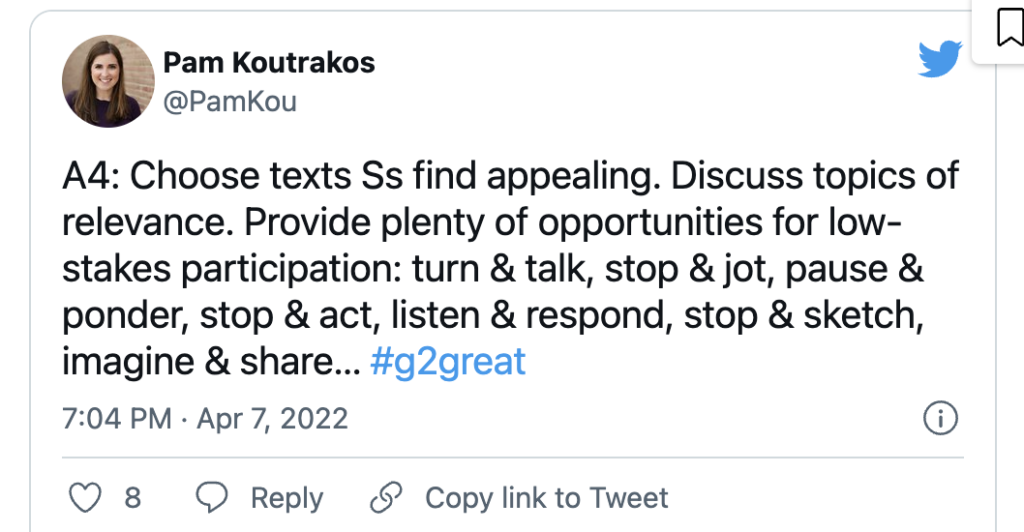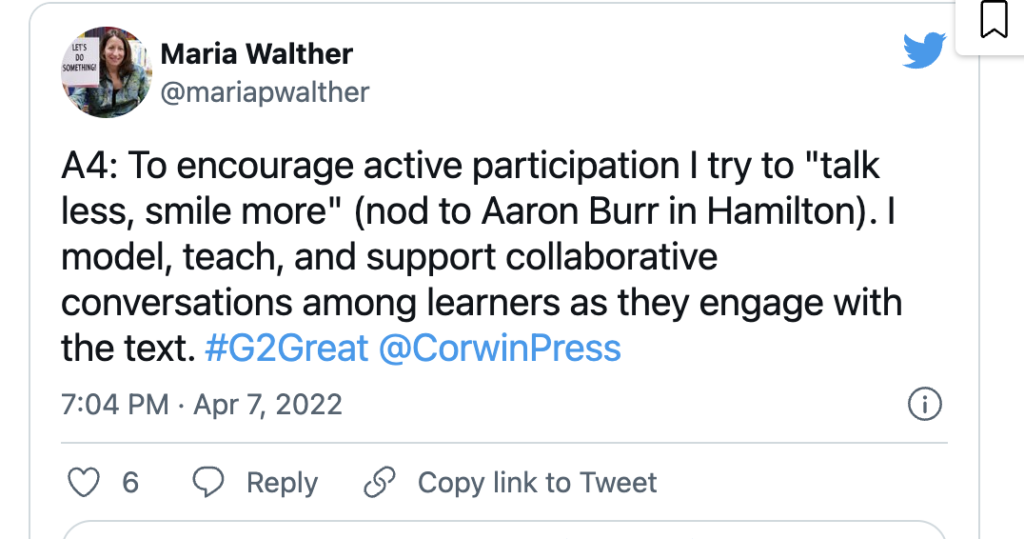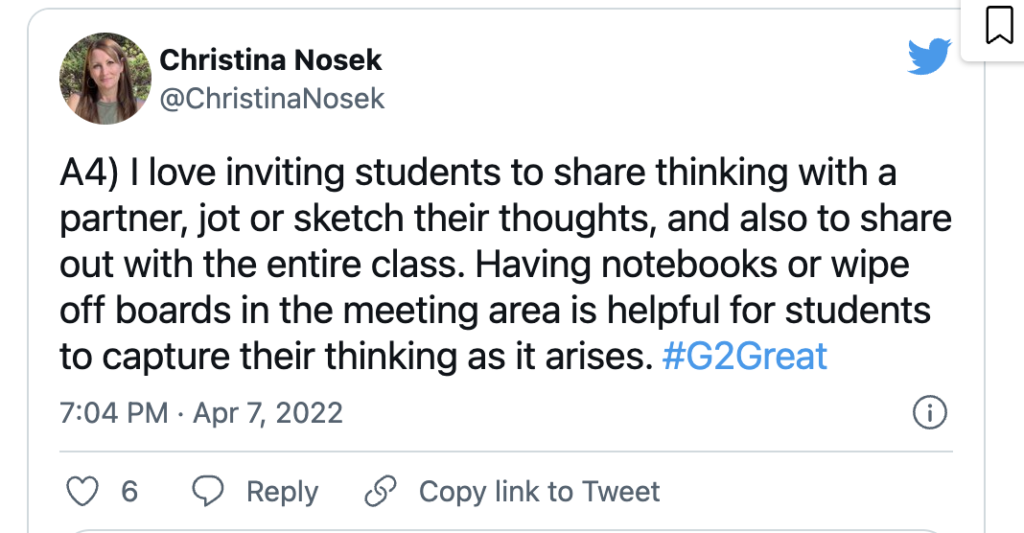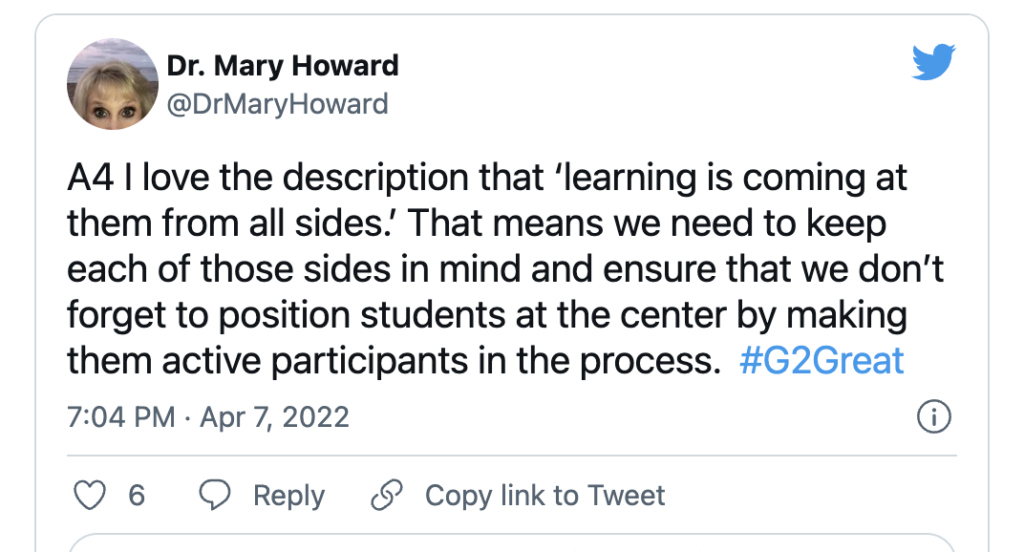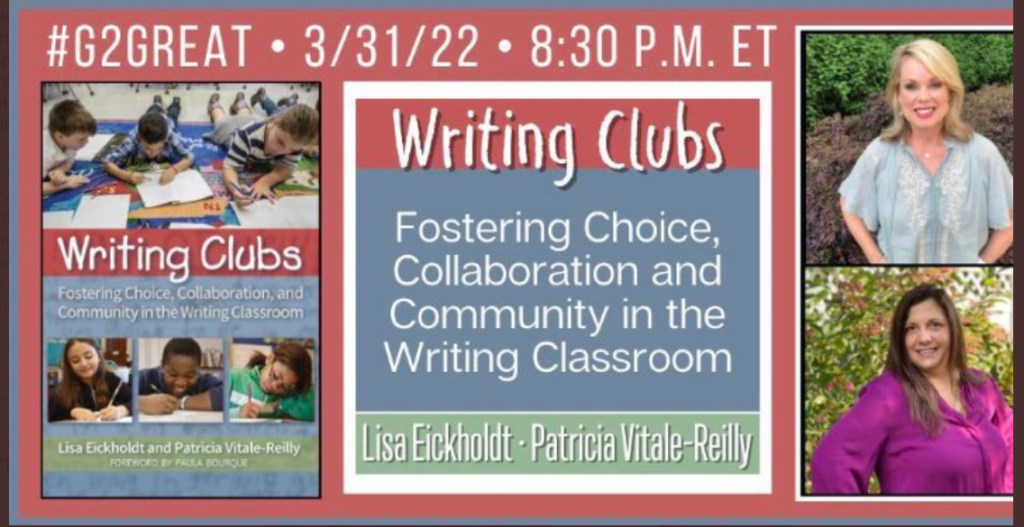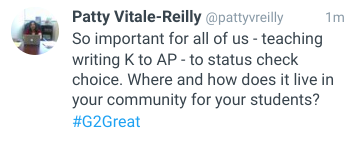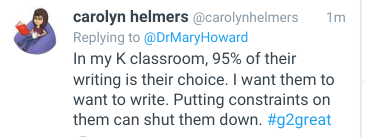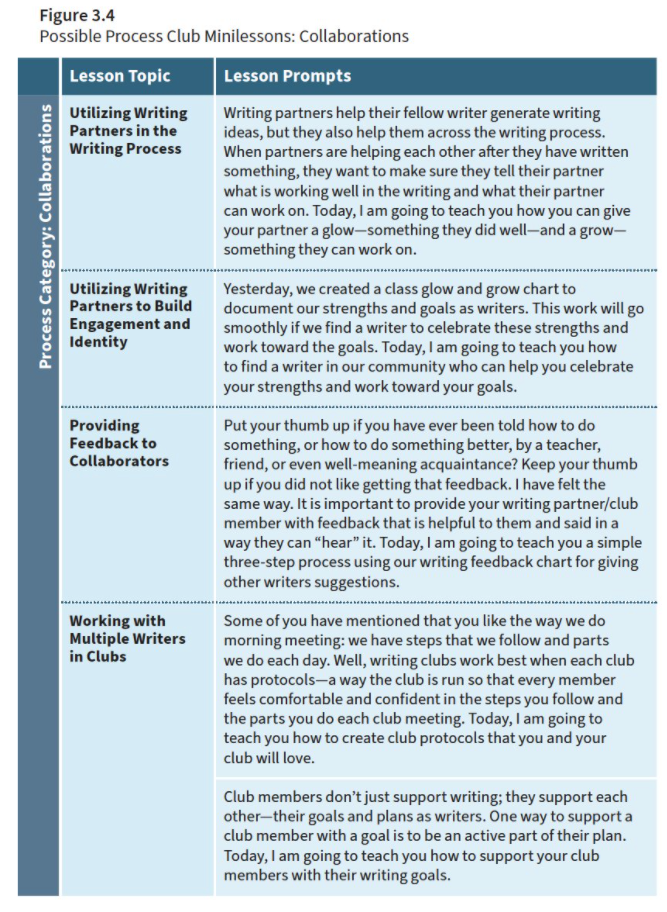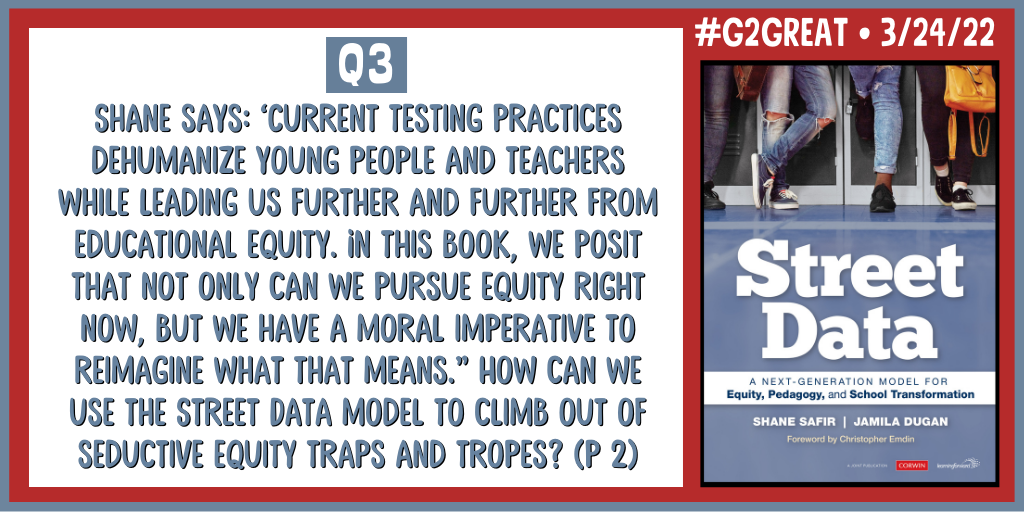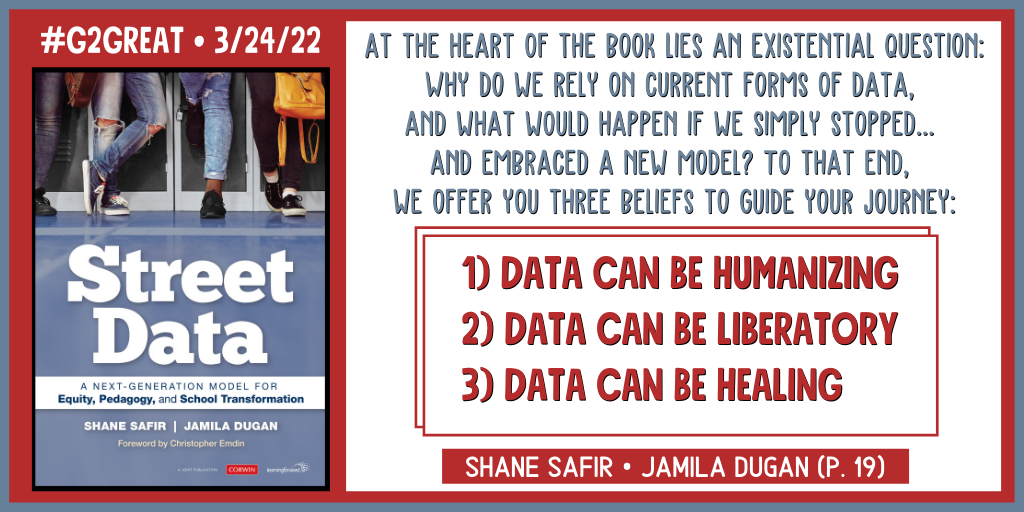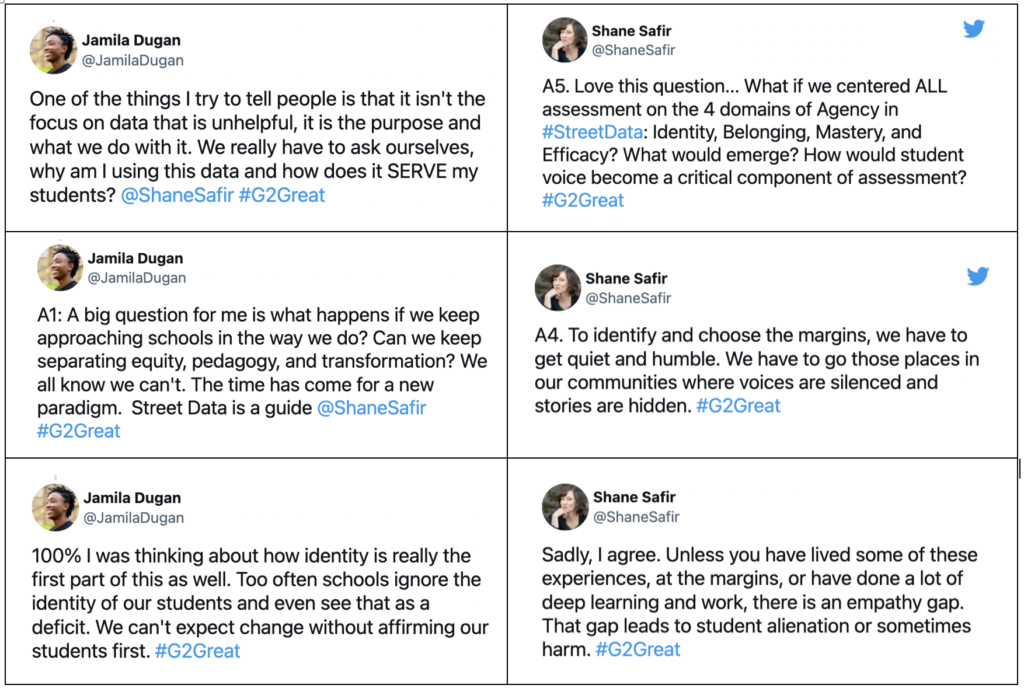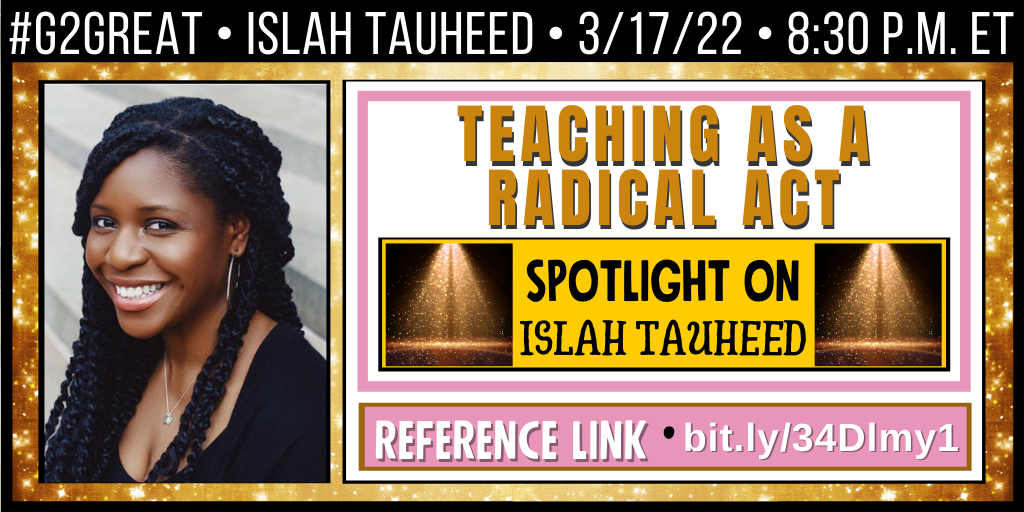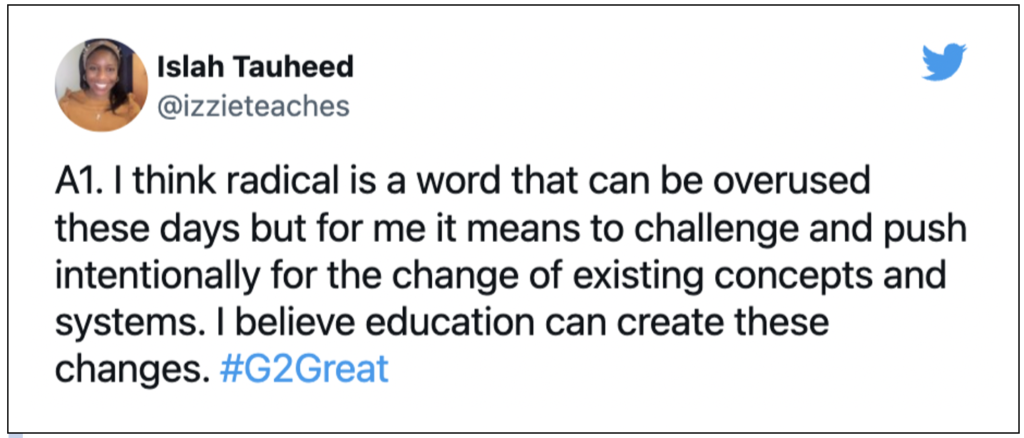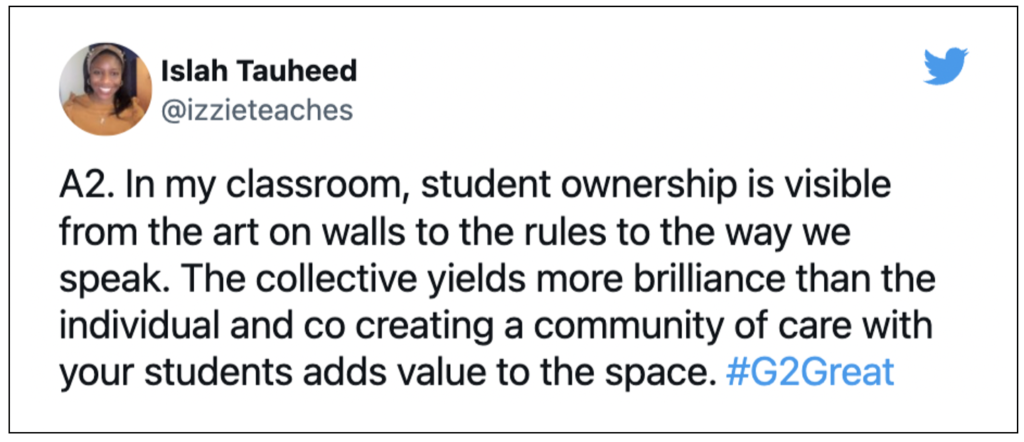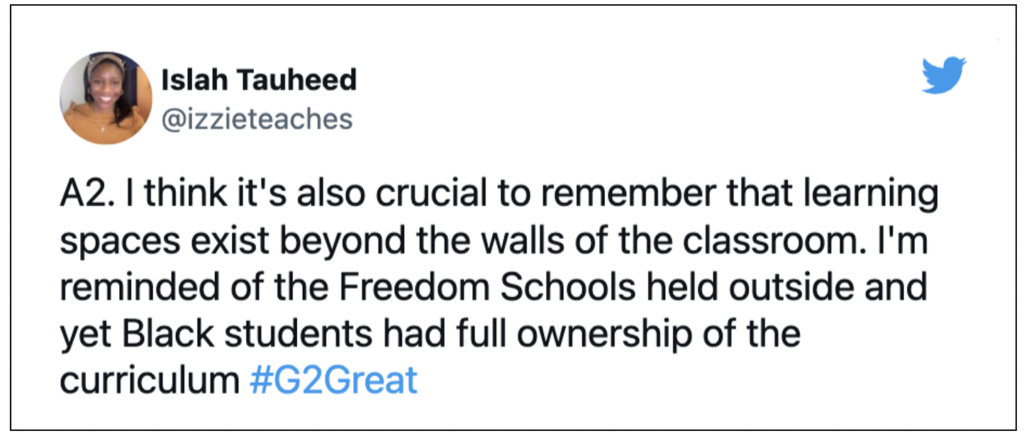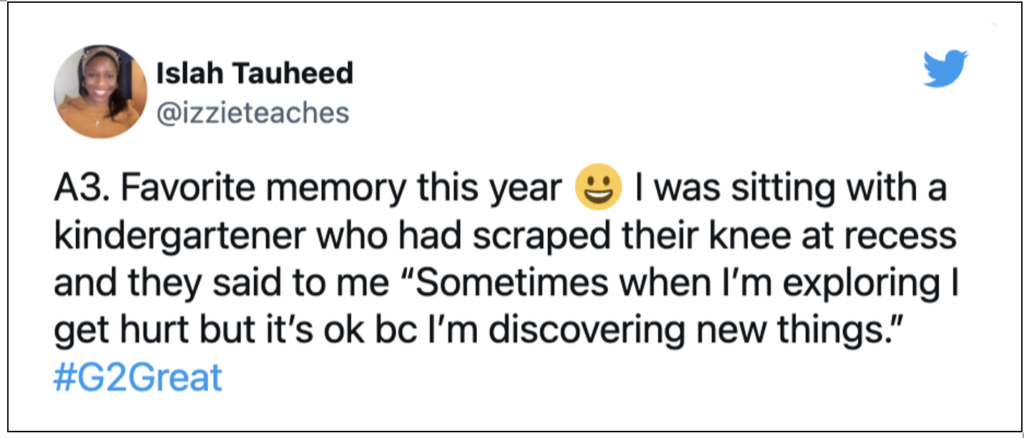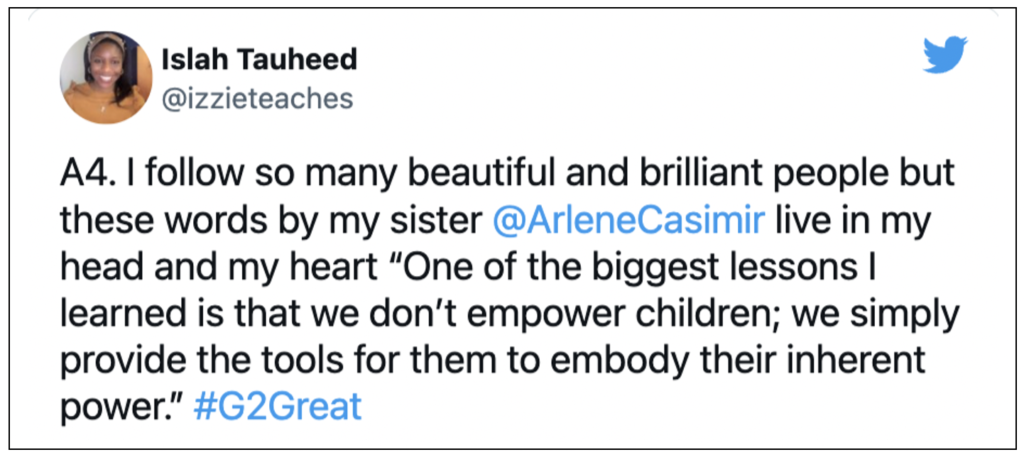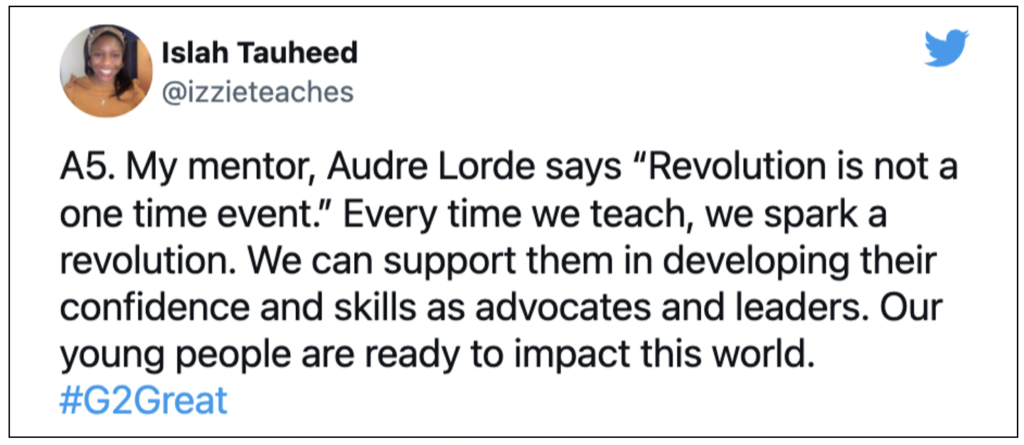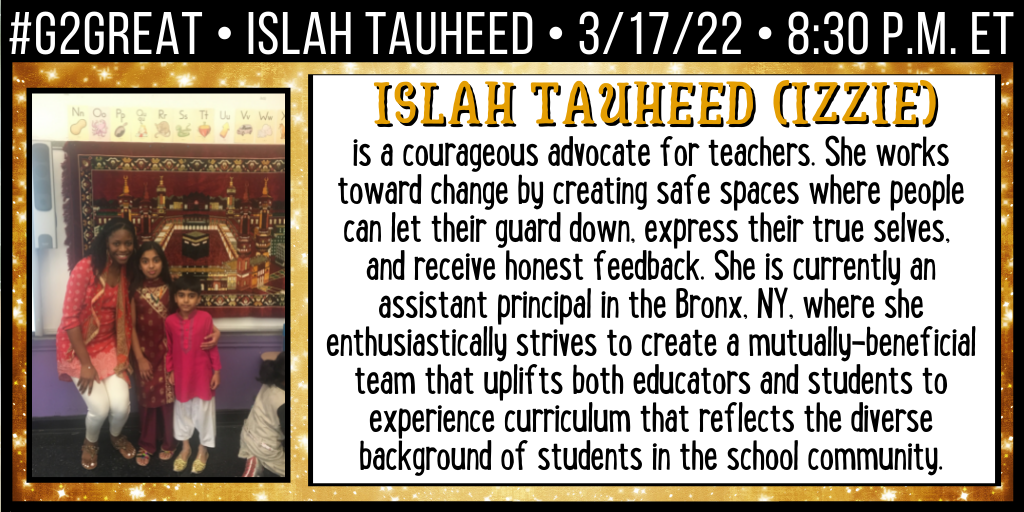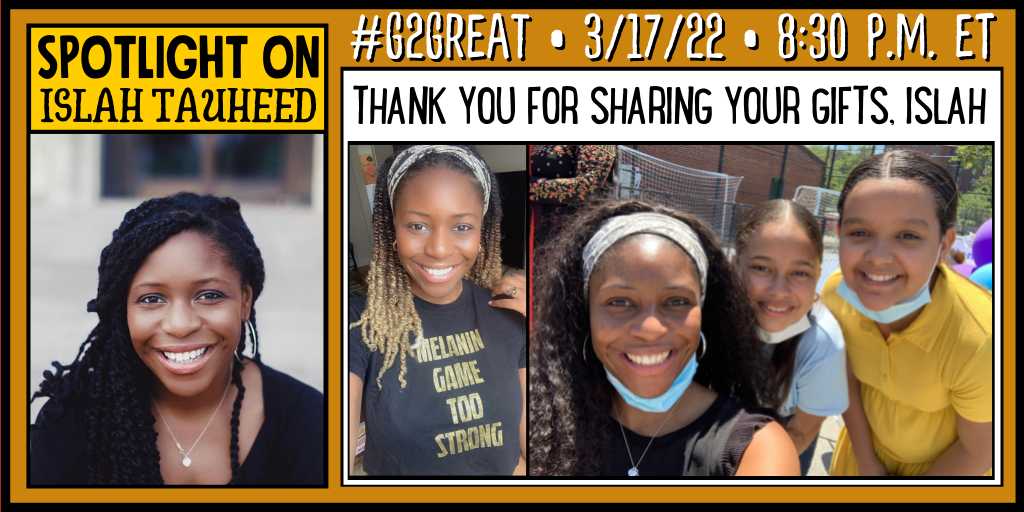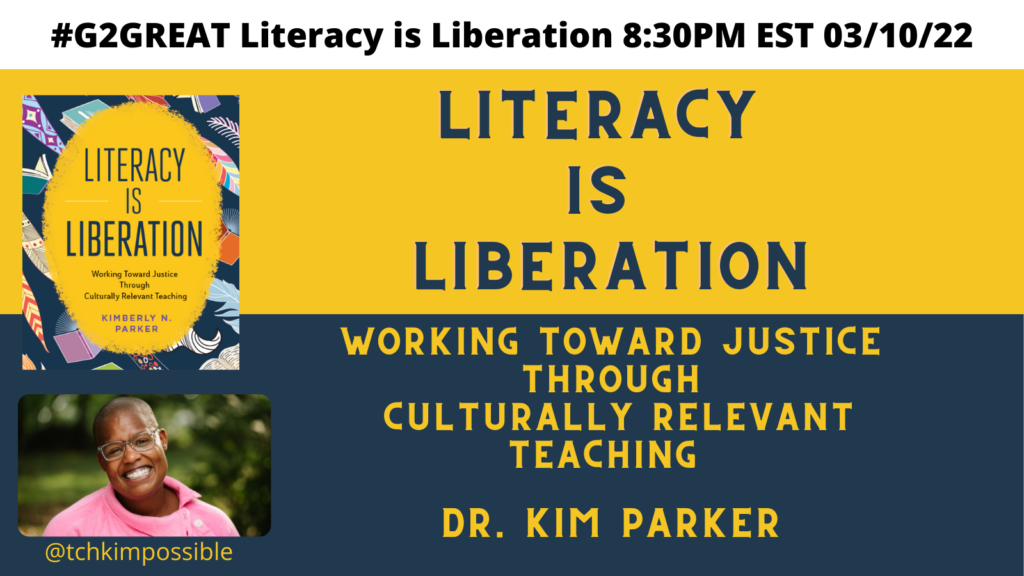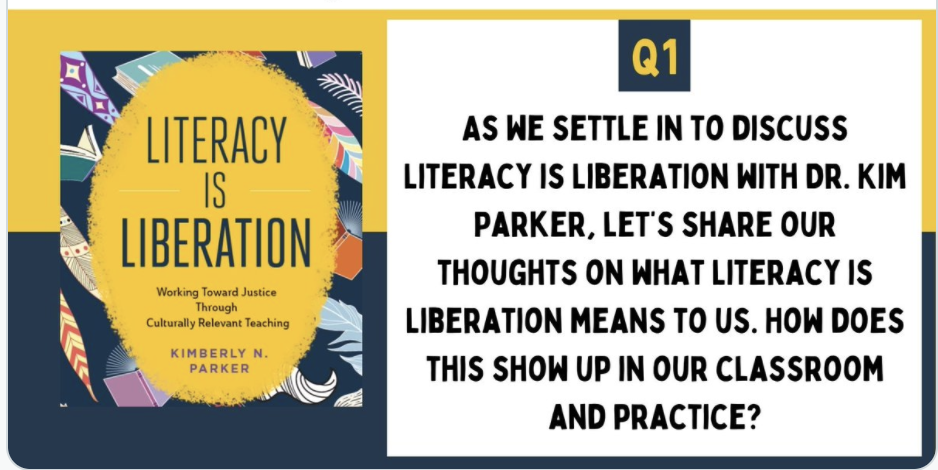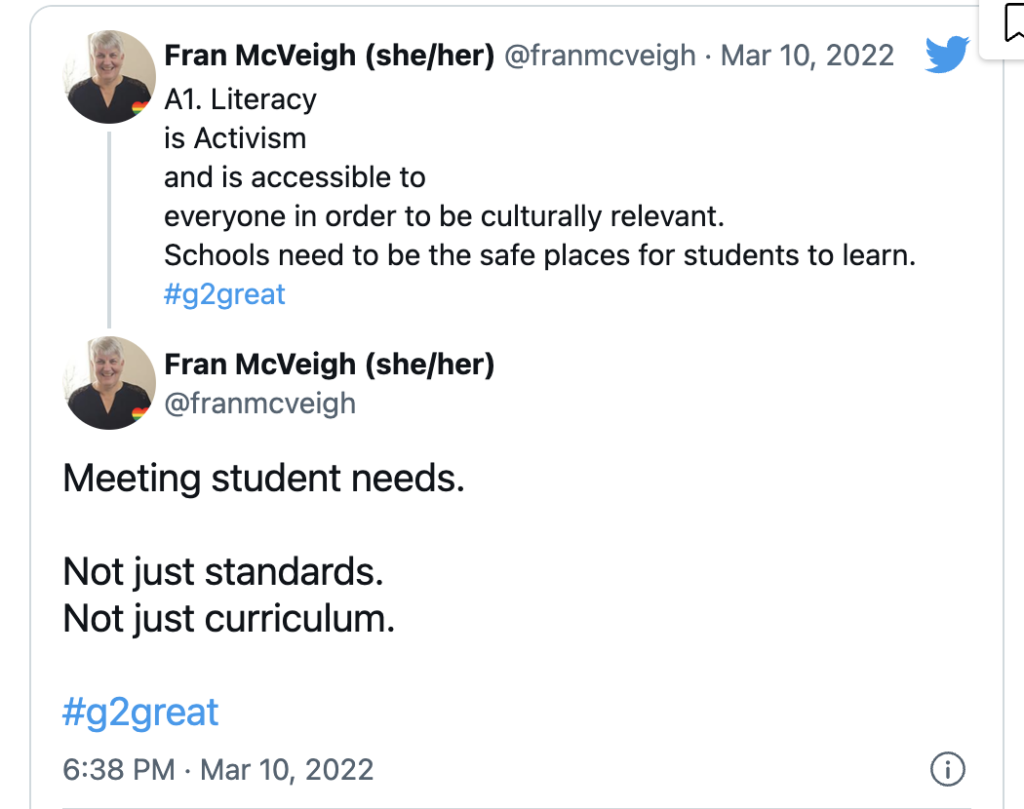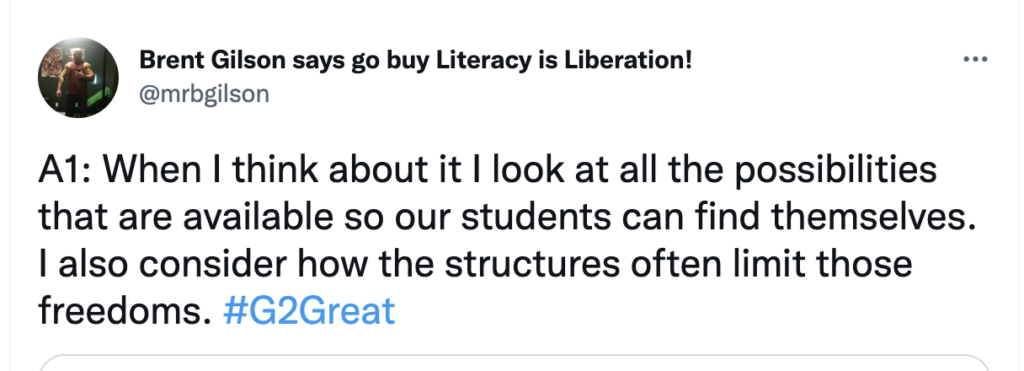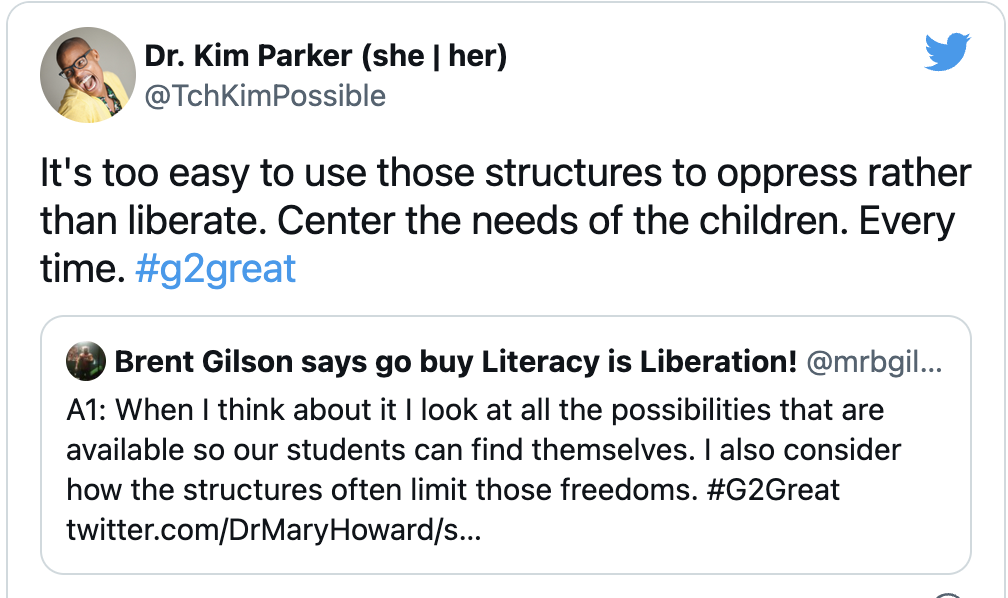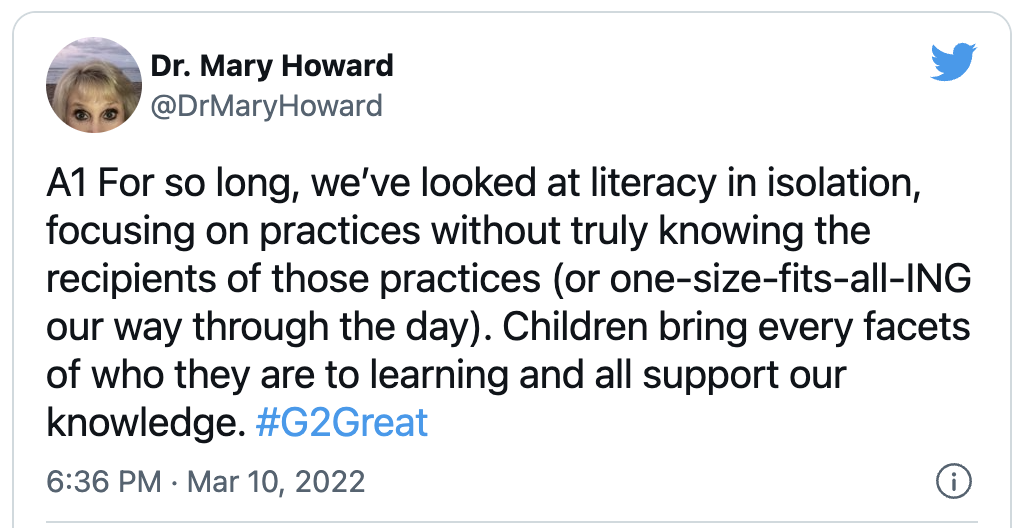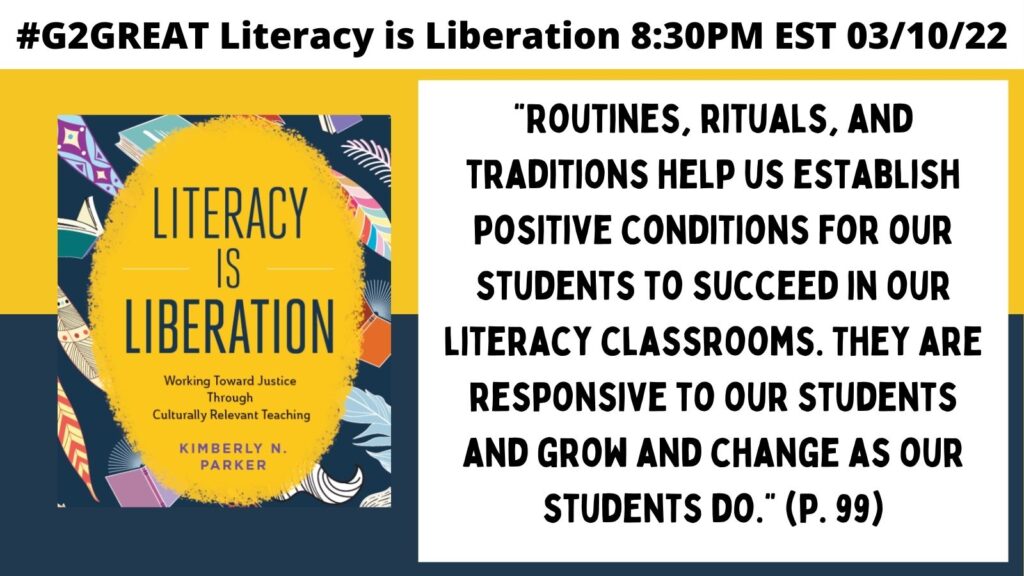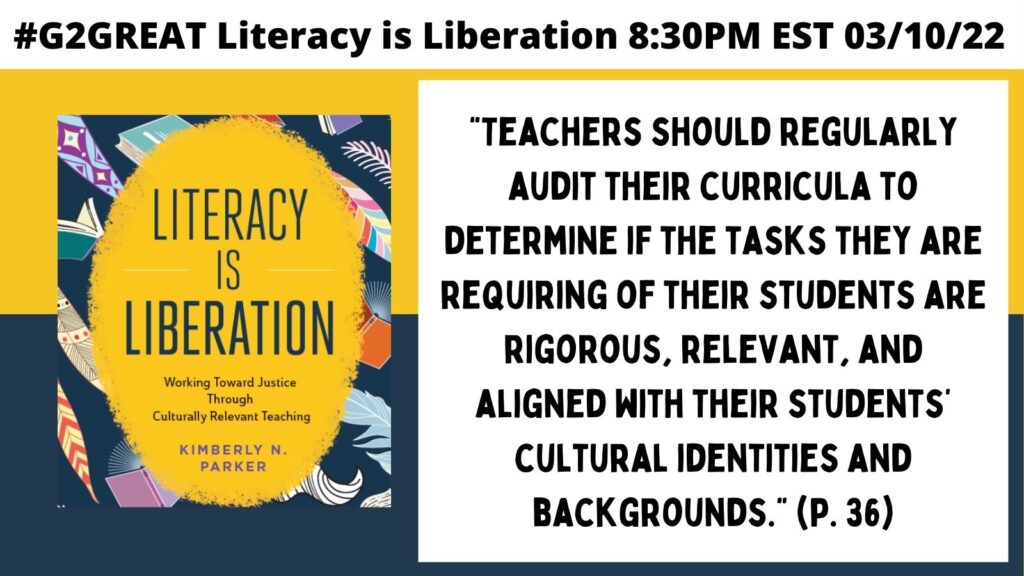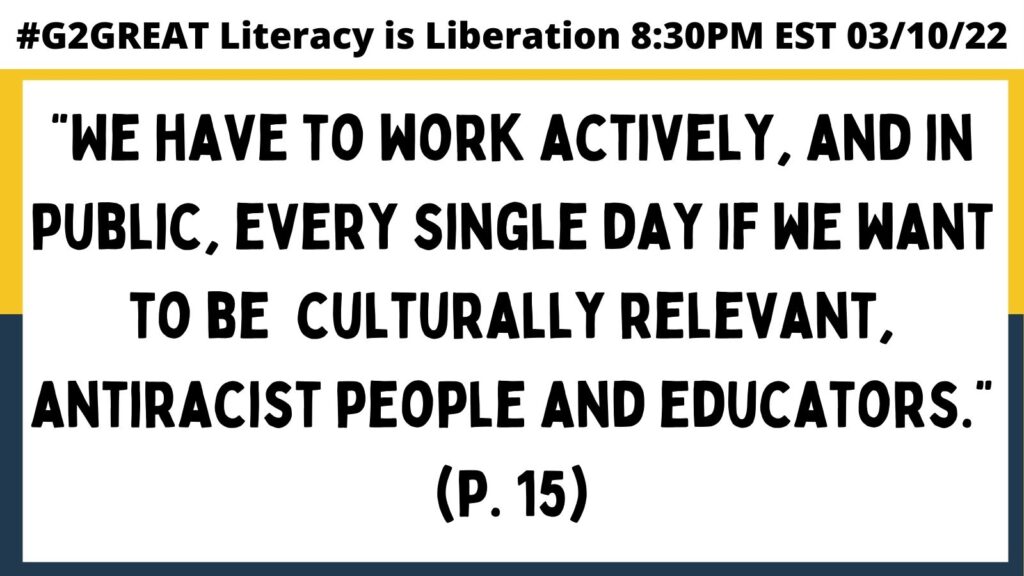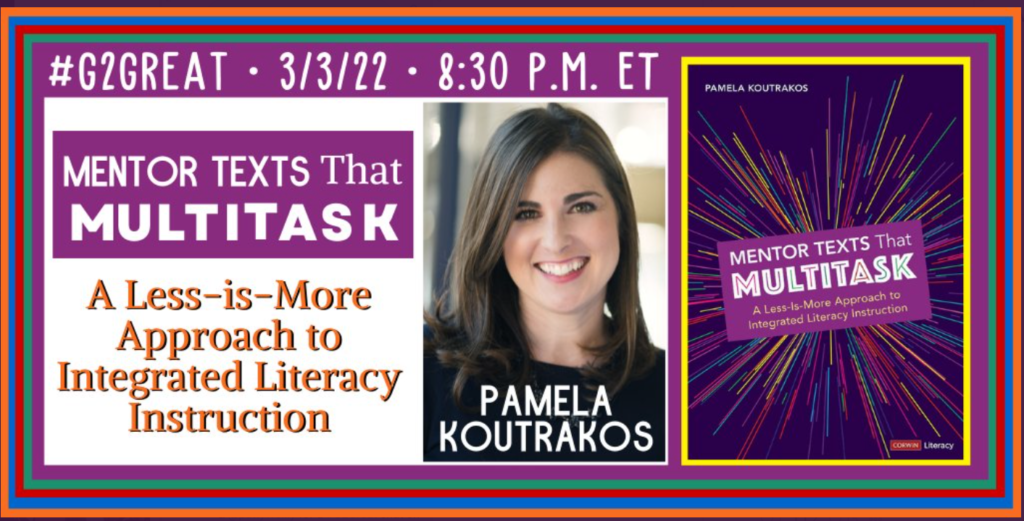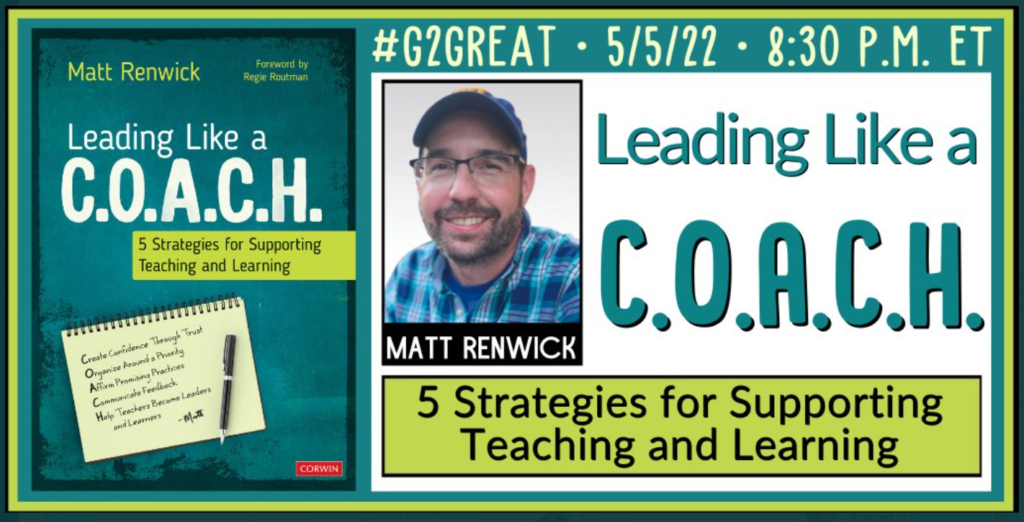
By Fran McVeigh
ByOn Thursday, May 5th, 2022, the Twitterverse lit up during our chat with Matt Renwick about his new book, Leading Like a C.O.A.C.H.: 5 Strategies for Supporting Teaching and Learning. Matt’s first visit to #G2Great was in 2016 as a part of an Administrator Spotlight “Exploring Seven Big Ideas to Maximize School Wide Potential” here.
Matt’s interest in teaching, learning, and leading is well documented. This book review of Regie Routman’s Read, Write, Lead is one piece of his thinking that dates back to 2014.
That statement still holds true today in the ever changing landscape of social media and contentious discourse about the purpose of school, literacy and the cultures they represent.
Why does it matter who leads? Why do we need to think about different strategies for leading? These two recent tweets from Michael Fullan add depth to our thoughts about organizations and leadership.
What is a leader?
a guiding or directing head, as of an army, movement, or political group. Music. a conductor or director, as of an orchestra, band …
dictionary.com
Guiding head? Directing head? Conductor?
The nuances are vast. Many of us have experienced a variety of leader actions that have been affirming as well as actions at the opposite end of the spectrum that may have been less than supportive or varying midpoints.
Let’s begin with author question 1 and Matt Renwick’s own words.
What motivated you to write this book? What impact did you hope that it would have in the professional world?
A decade ago, I wrote a blog post titled: “Can a principal also be a coach?”
This was my second year as a head principal for an elementary school. I was finding it difficult to support instructional improvement through traditional evaluation and supervision alone. What else could I be doing to influence teaching and learning?
My previous experience as an athletic coach led me to explore instructional coaching as a viable approach within my leadership position.
Ten years later, I’ve seen the fruits of this labor in a variety of ways:
· Teachers feeling more confident to take risks and try innovative practices.
· More clarity around what we are trying to accomplish as a school and why it’s important.
· Better conversations with and among faculty around our goals and efforts.
I wanted to write this book so other leaders have a set of strategies to apply in their own schools.
Matt Renwick
Who are the leaders in your building, district, community? And what characteristics do they have in common? Matt Renwick suggests that the acronym C.O.A.C.H encompasses their roles. Let’s start with this set of strategies and some tweets that are aligned.
Create confidence through trust

Organize around a priority
One. Priority.
Not 10.
Not 5.
Start with 1 priority!
FOCUS!
Affirm promising practices
You will see promising practices while on learning walks.


Communicate feedback
Begin with strengths. Be posse

Help teachers become leaders and learners

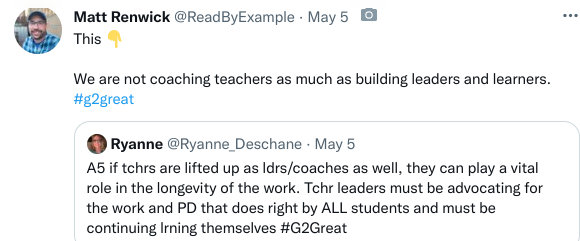
Author question 2 adds more of Matt’s thinking about teacher takeaways.
What are your BIG takeaways from your book that you hope teachers will embrace in their teaching practices?
Two takeaways:
· Schools don’t need to be “fixed”.
· Leaders should instead focus on their school’s inherent potential for sustainable success.
The first takeaway is a competing response to all the rhetoric we hear around schools as “failing” or “in need of improvement”. This is not helpful language. Students, teachers, and communities hear this and may start to believe it.
To counter this, I encourage leaders at every level to take a step back and first ask, “What’s going well?”
This appreciative lens should reveal a variety of strengths, for example:
· Classrooms with lots of books for independent reading,
· All students knowing at least one trusting adult who cares for them, and
· Opportunities to interact with peers with different backgrounds, beliefs, and interests.
The very structure of school – surrounded by books and friends, and supported by caring adults – makes it an amazing place on its own. Let’s start there and build upon it.
Matt Renwick
And the final author question …
What is a message from the heart you would like for every teacher to keep in mind?
Celebration is at the heart of learning, for both students and educators.
This is about more than just acknowledging success as learners. It’s important to recognize people’s efforts to improve. These milestones serve as waypoints on our collective journey to schoolwide excellence.
For teachers, you can do this every day with your students and many do.
What I am asking pg principals and other positional leaders in my book is to get into classrooms regularly and first affirm what teachers are doing well. These visits are called “instructional walks”, a practice first developed by Regie Routman in her book Read, Write, Lead. Leaders can engage in instructional walks by simply noticing and naming the instruction happening in classrooms, handwriting observations, sharing these notes with the teacher, and then engaging in a brief conversation about their practice. Instructional walks are strengths-oriented and the surest pathway to influencing instruction.
Essentially, I am trying to operate as a principal in classrooms how I would want my leader to be if I were still teaching: recognizing my important work while facilitating authentic conversations about how we might improve both individually and collectively as a school.
Matt Renwick
Matt Renwick is an expert on leadership from both a teacher stance and a building principal stance. His study, his reflection, his continued deep focus on teaching and learning and coaching provides the credibility for C.O.A.C.H. as the five strategies that will be the most efficient and effective. Just think, you could get started on those 5 strategies NOW ( as a teacher or administrator) and you would be miles ahead of your current thinking (and actions) by the start of the next school year!
Go!
Be curious!
- – – – – – – – – – – – –
Additional Resources:
Matt’s website link
Books link
Newsletters link
